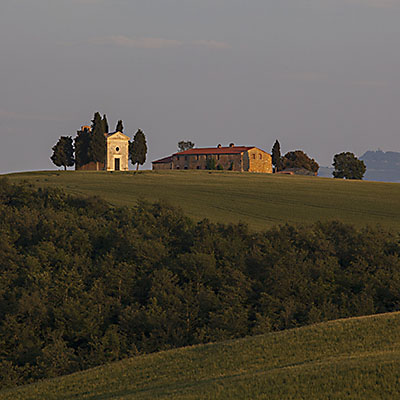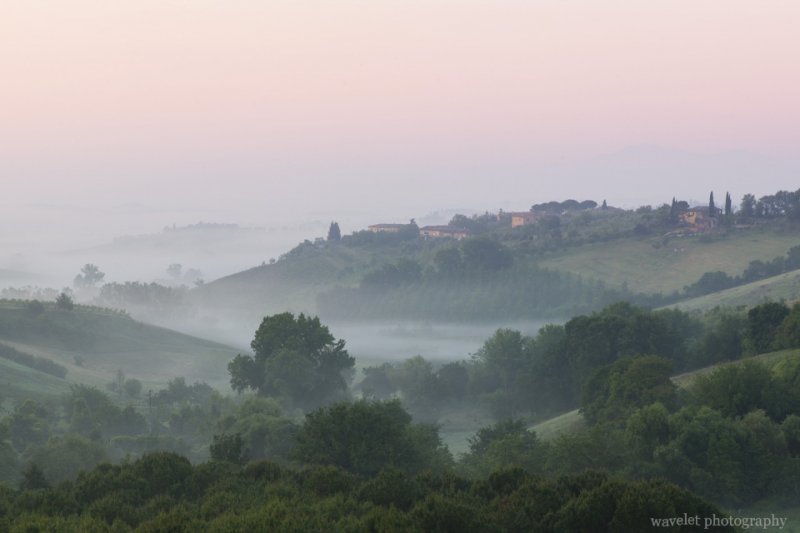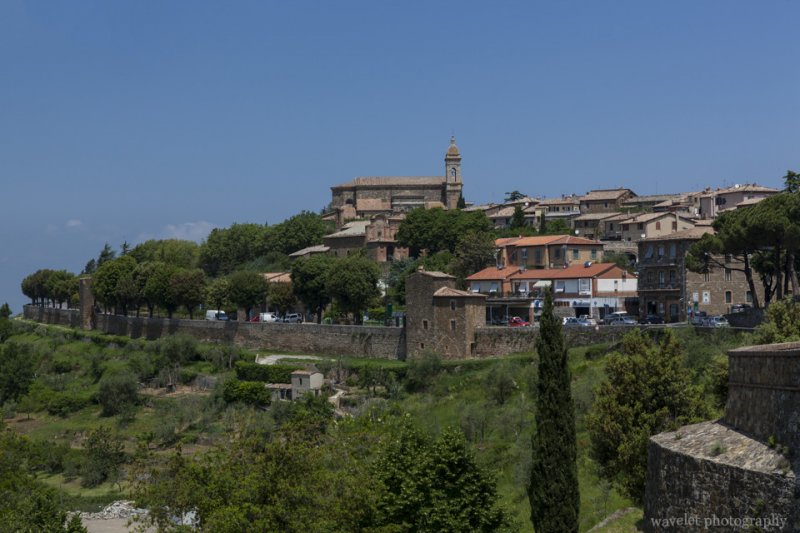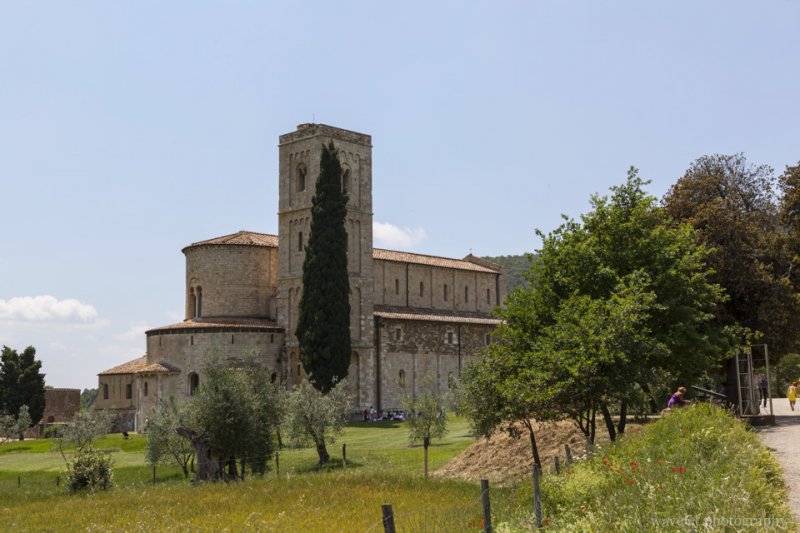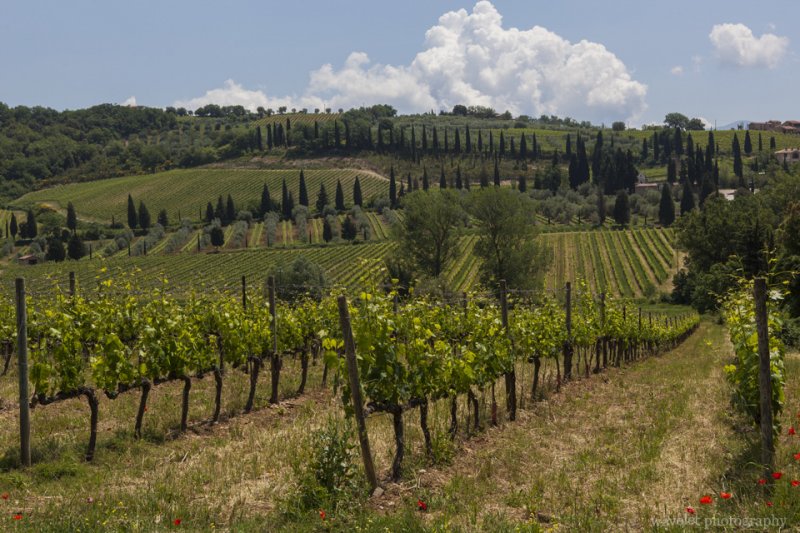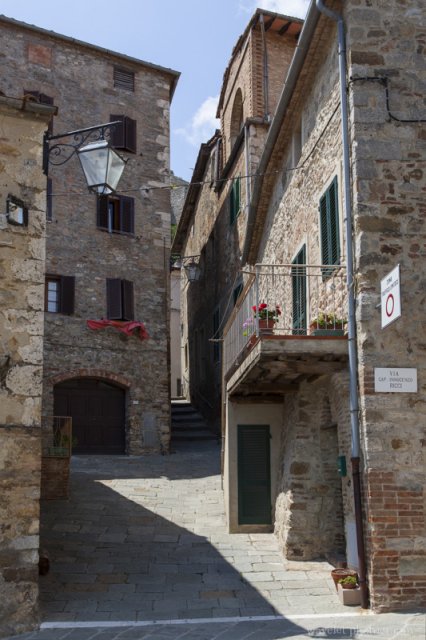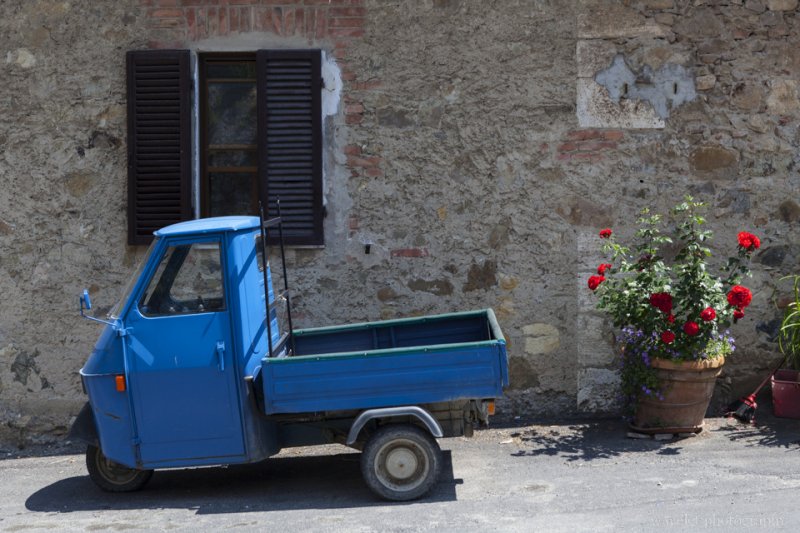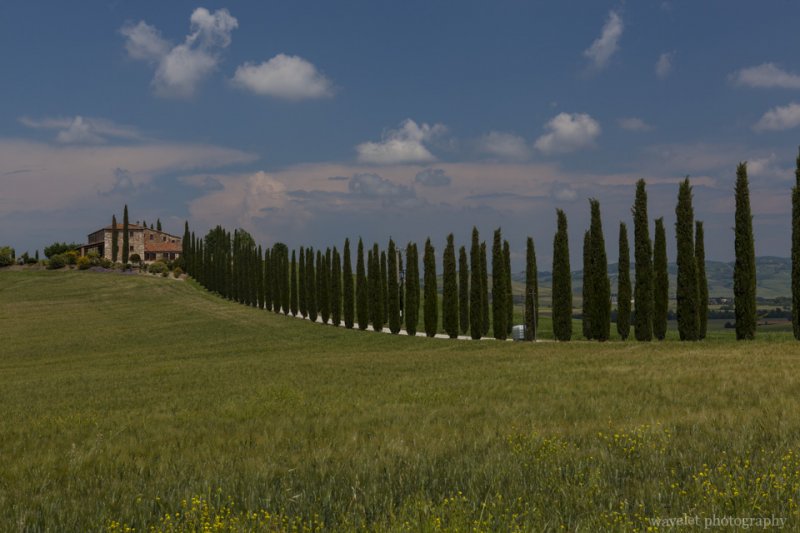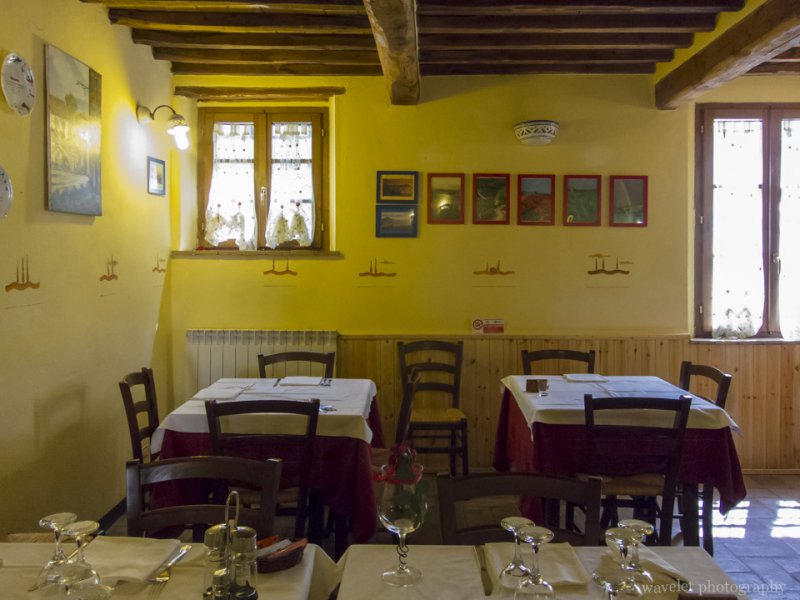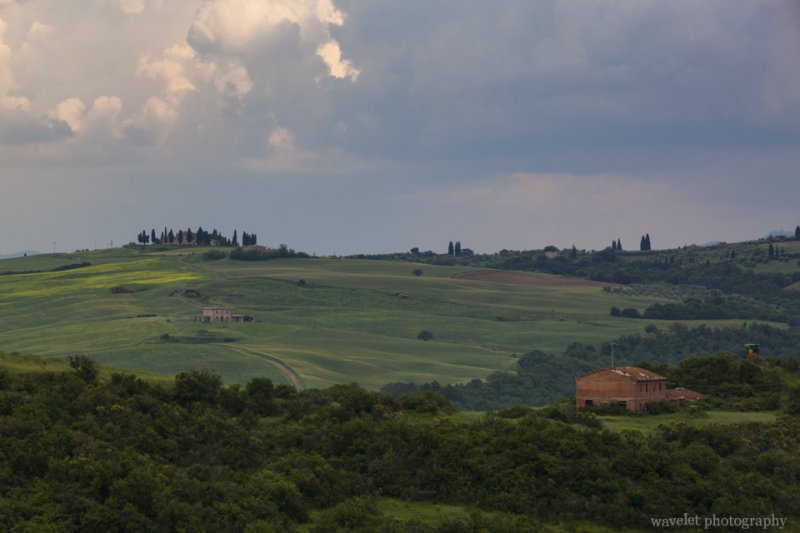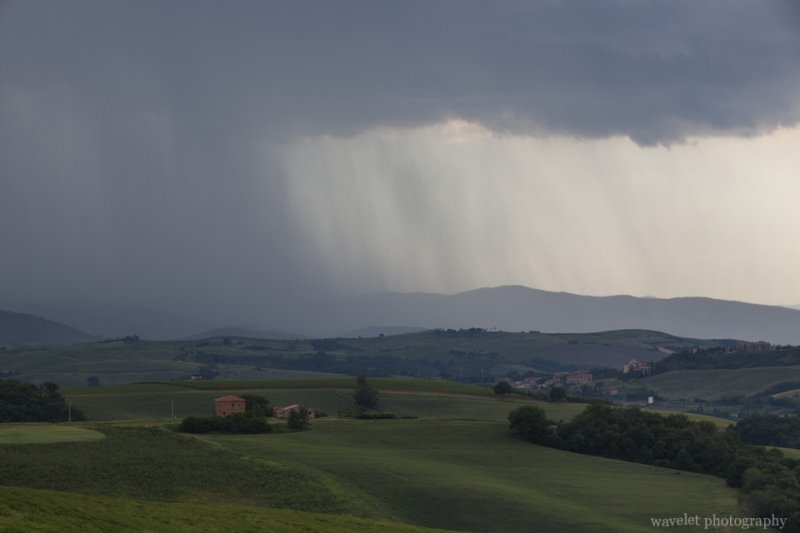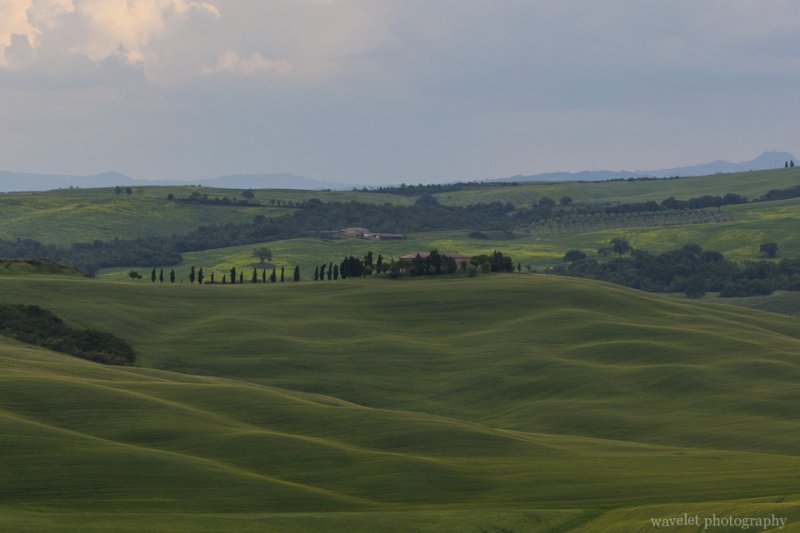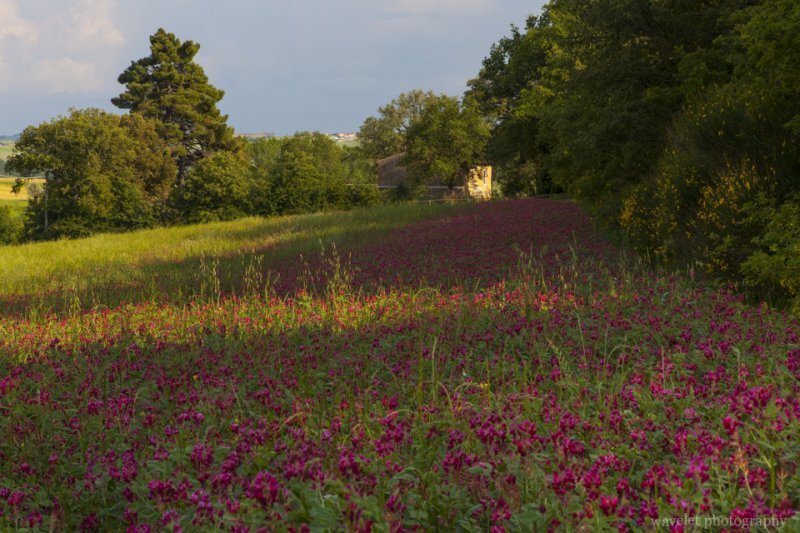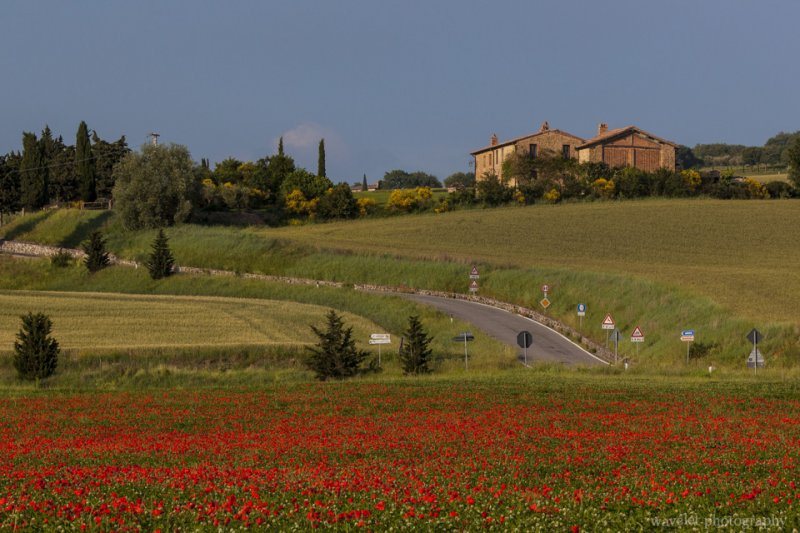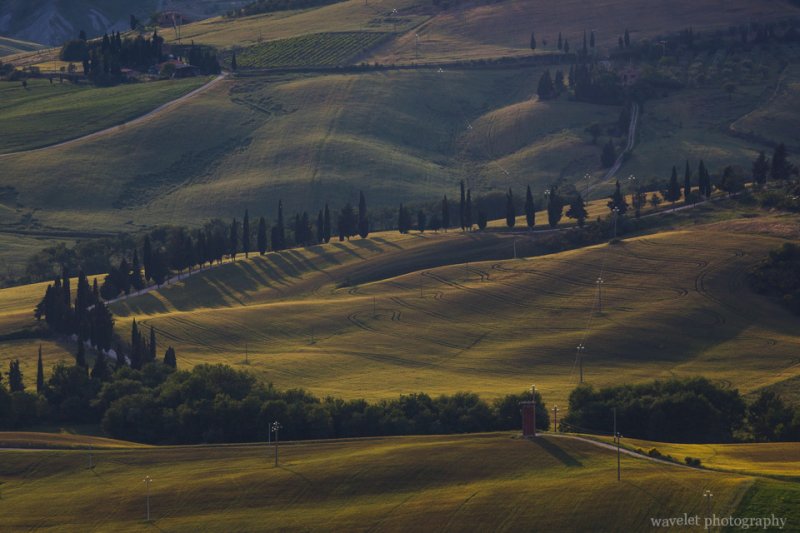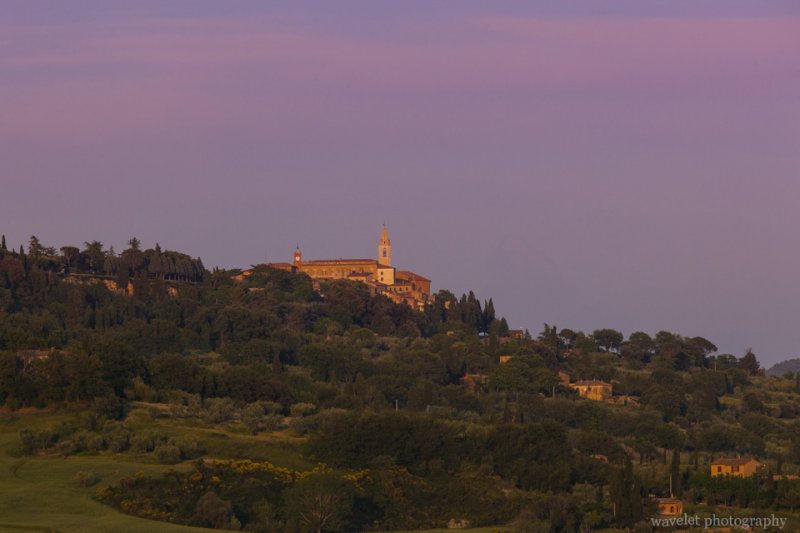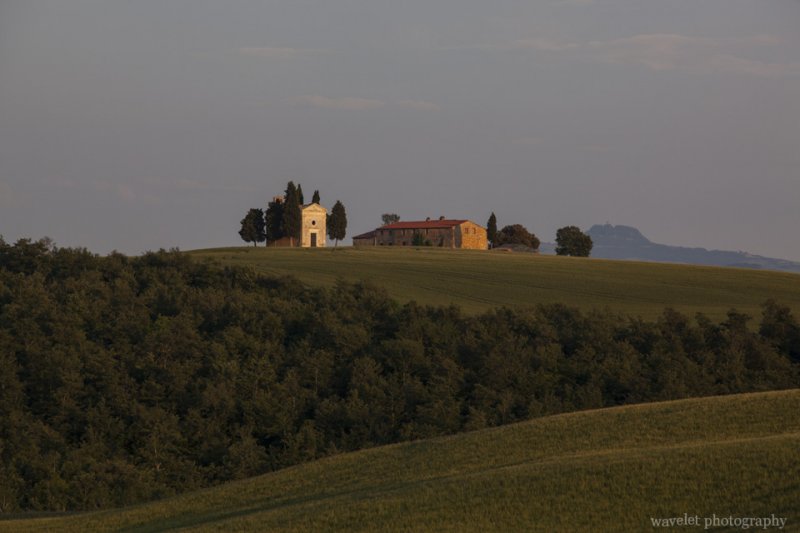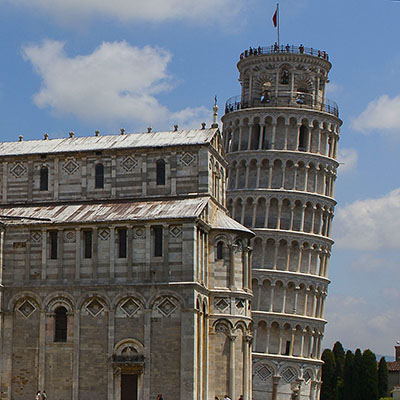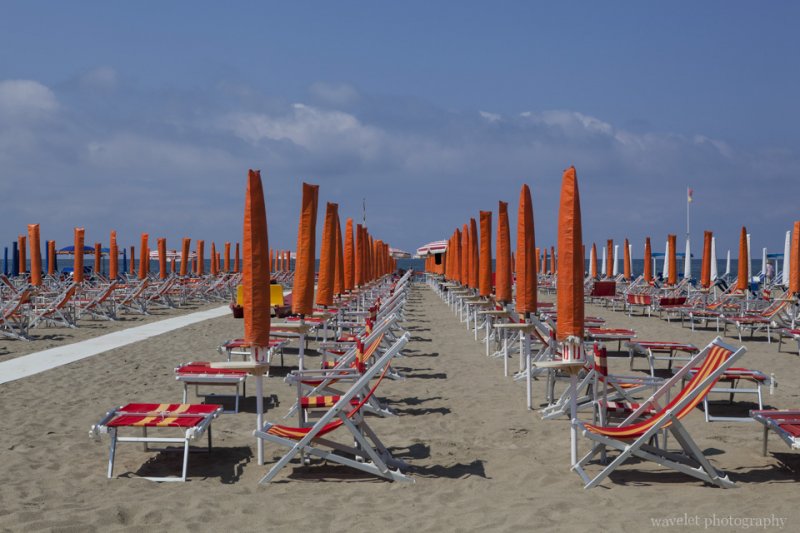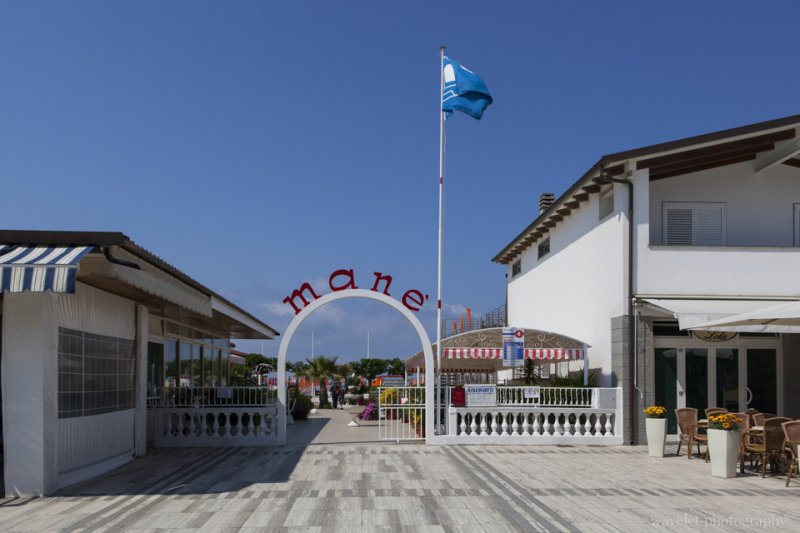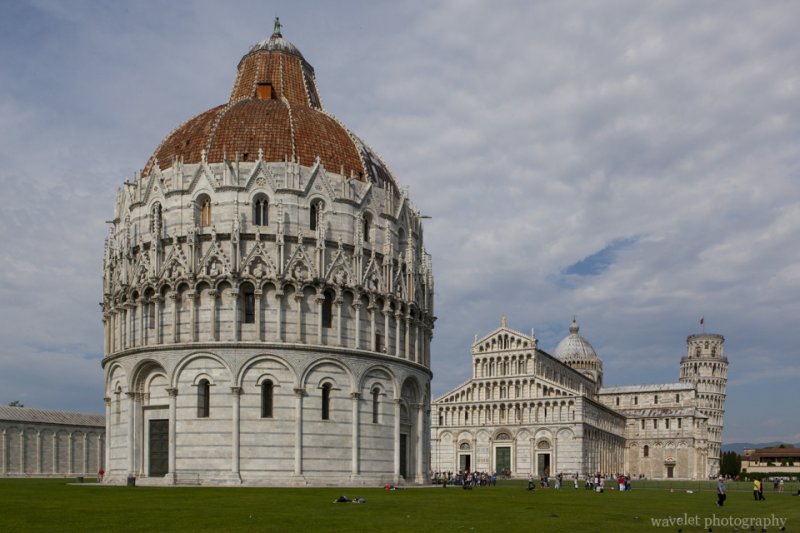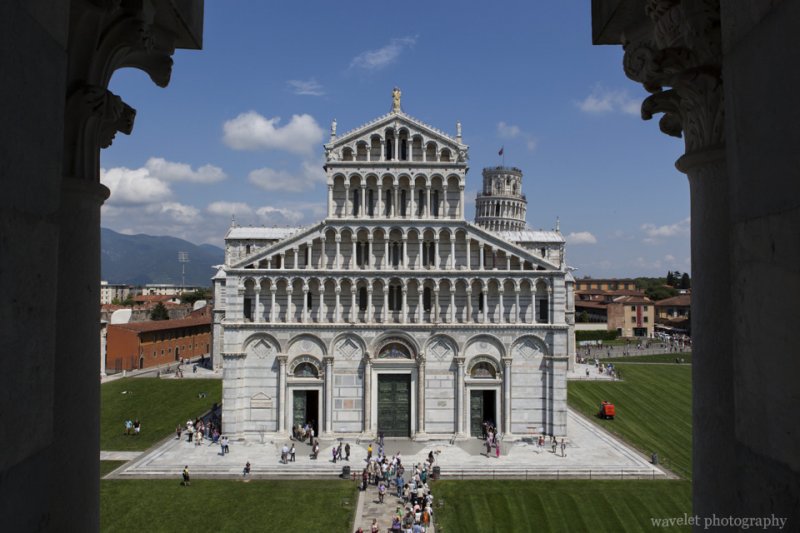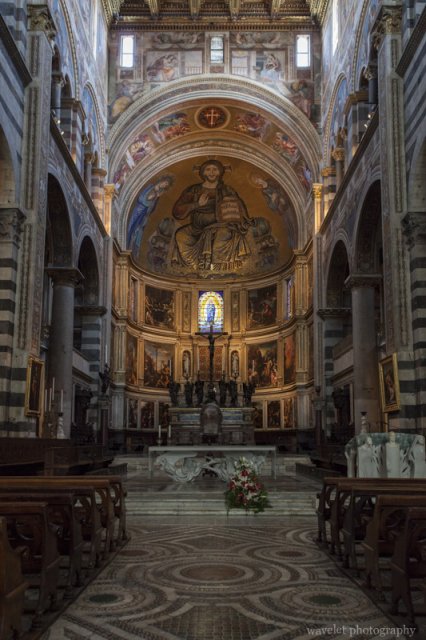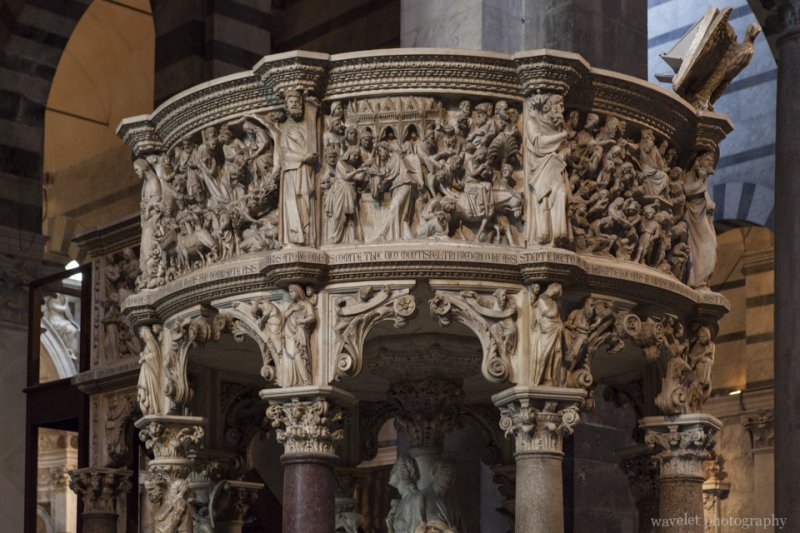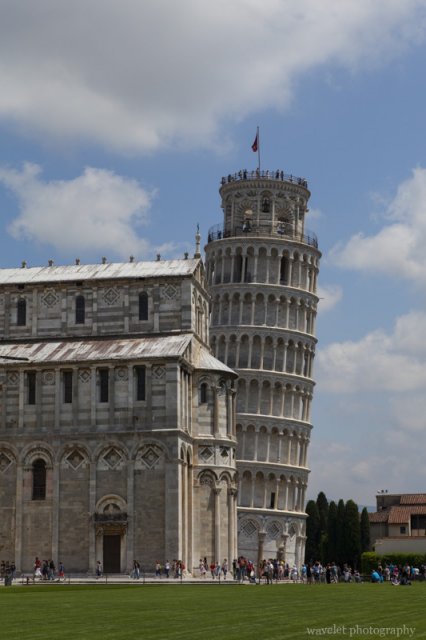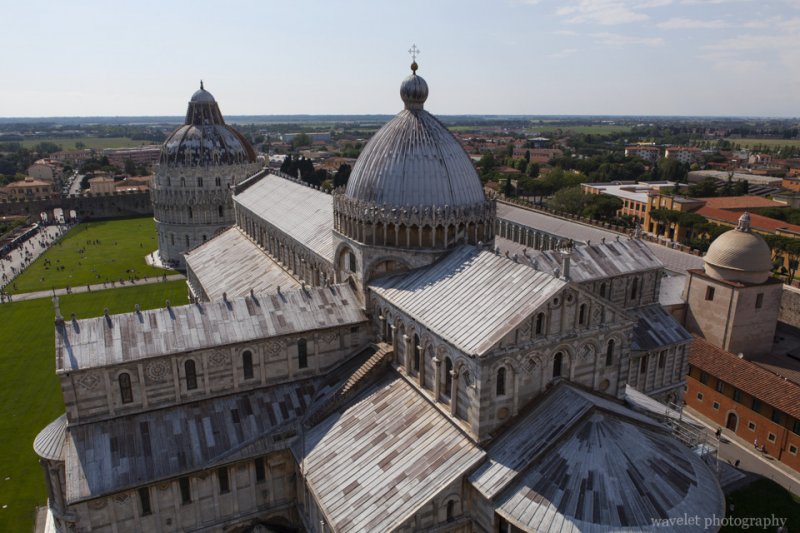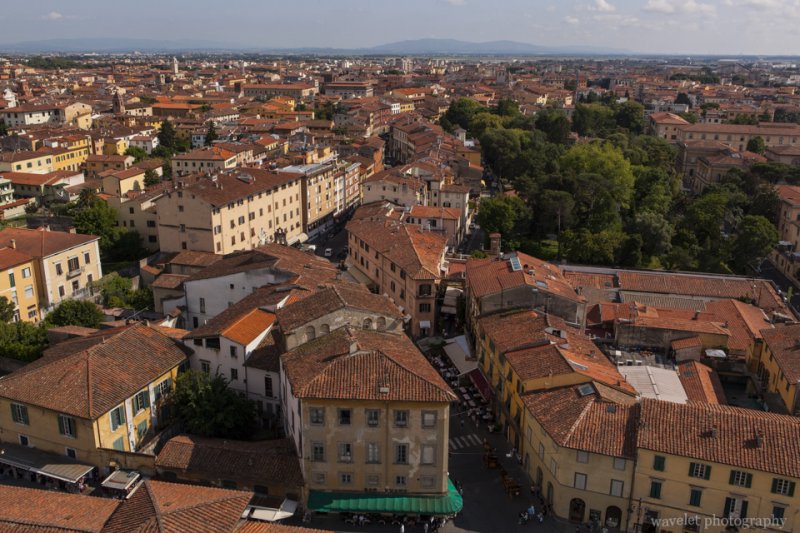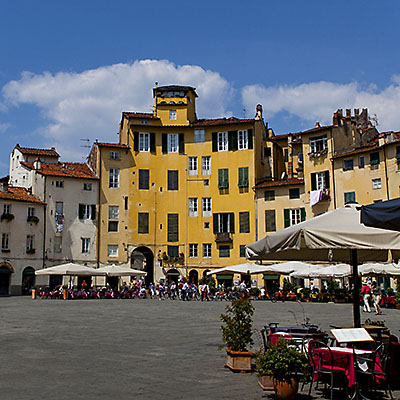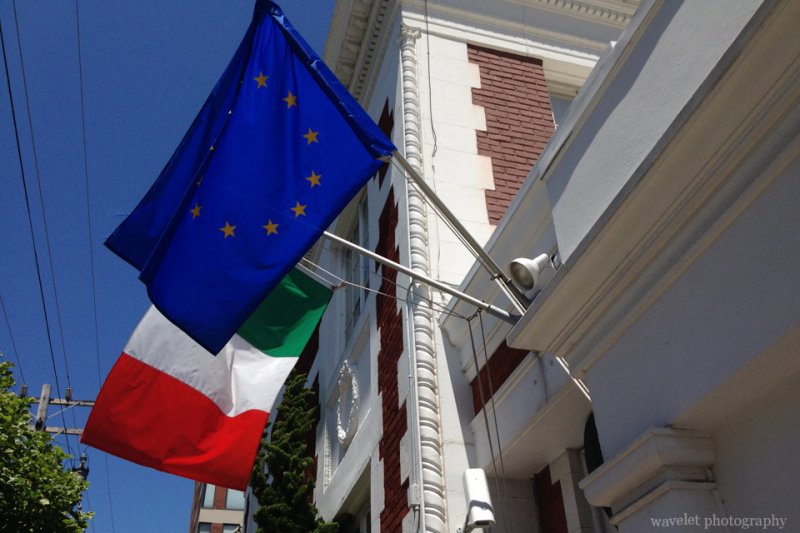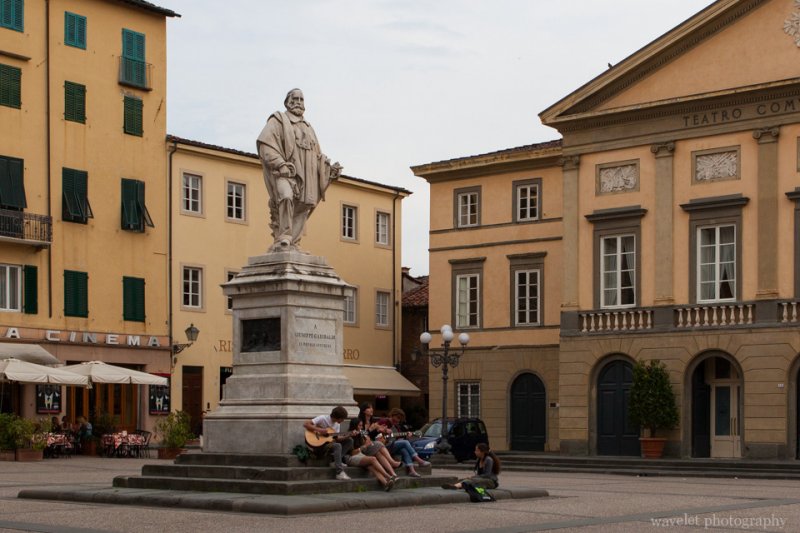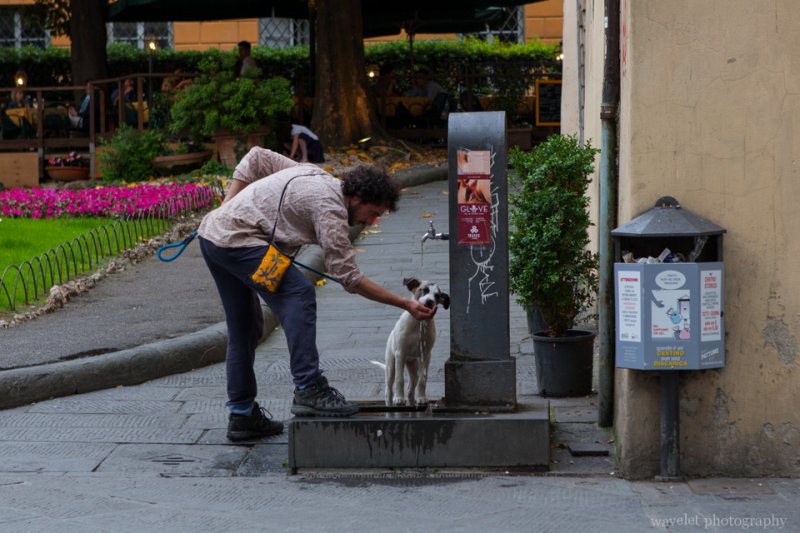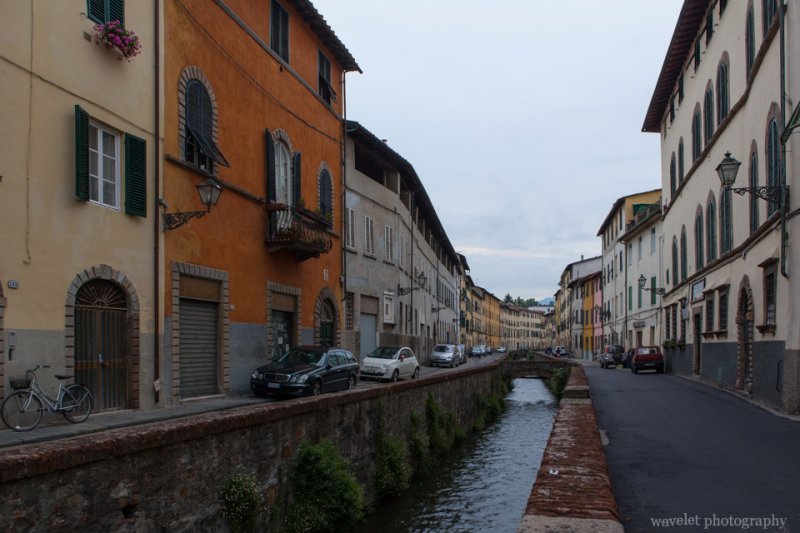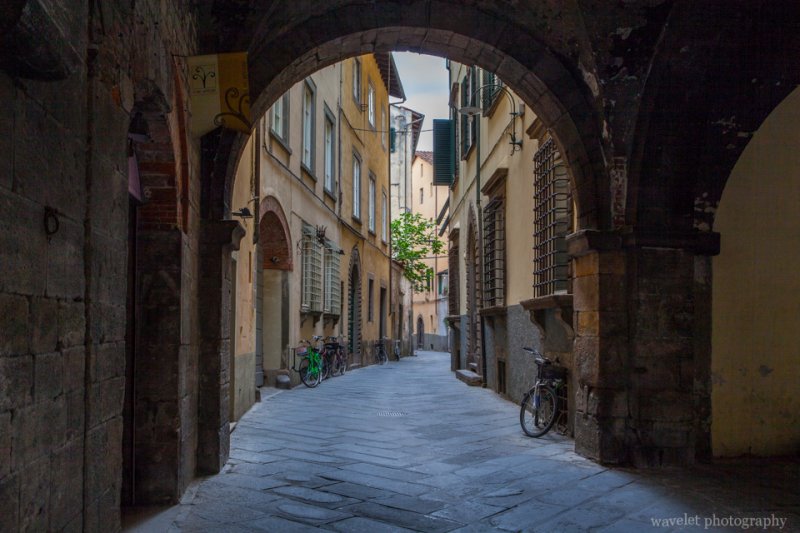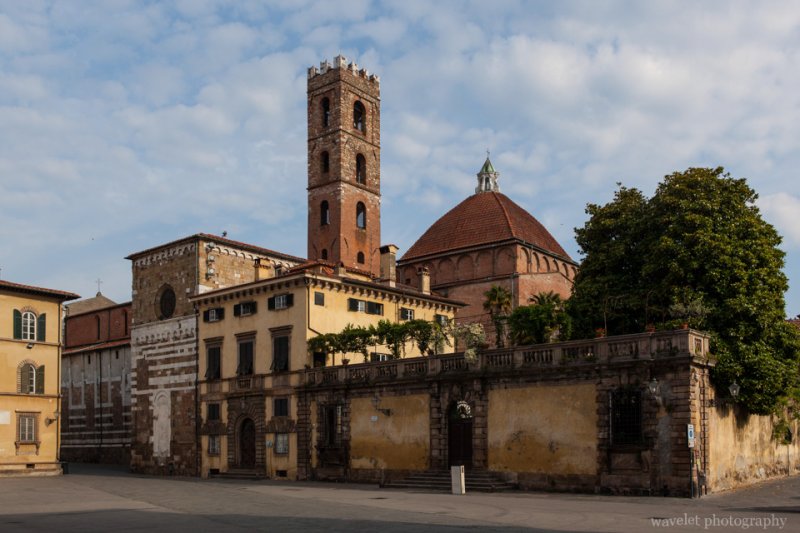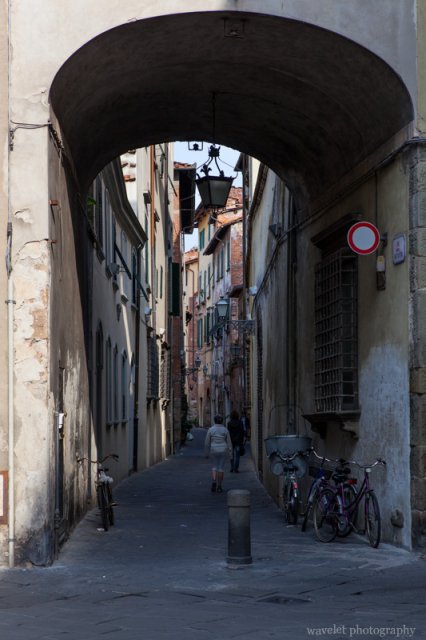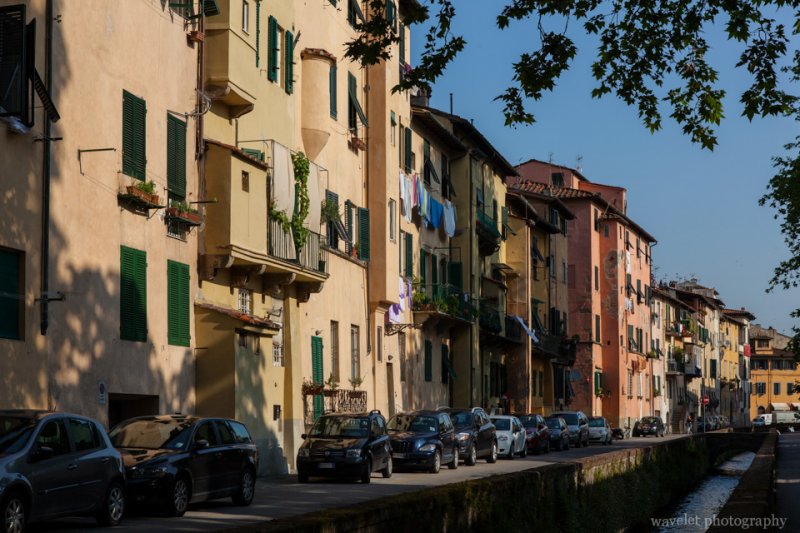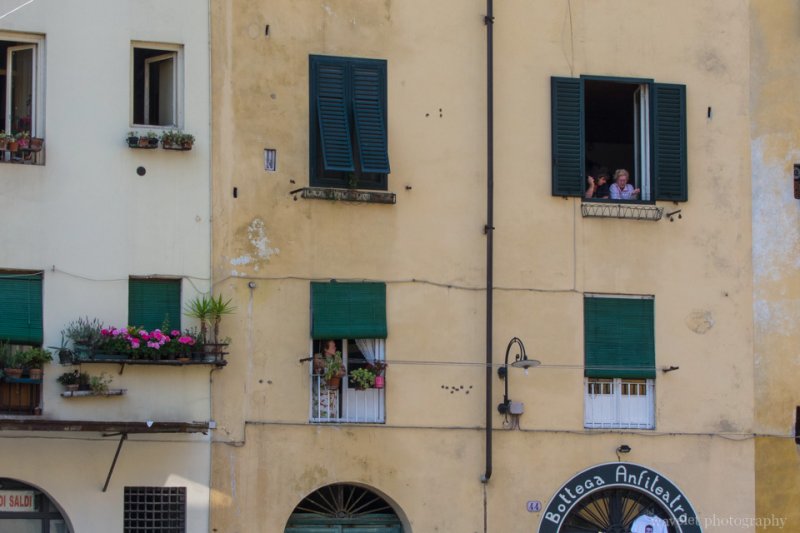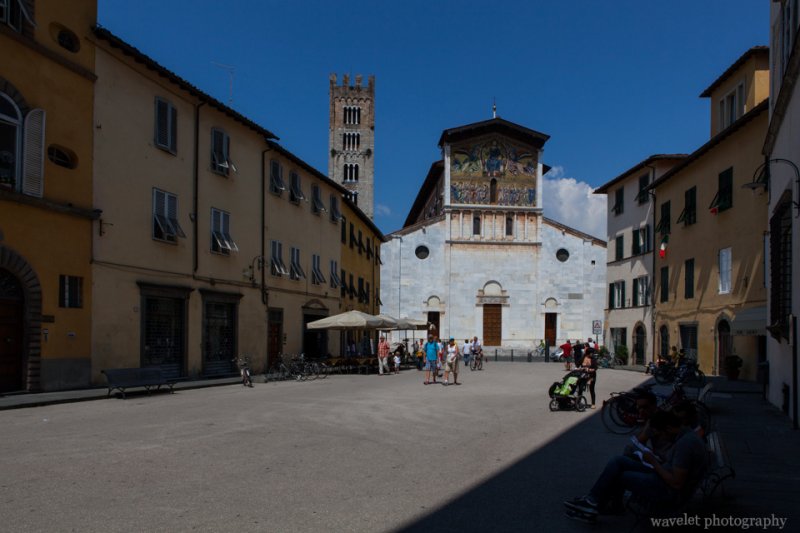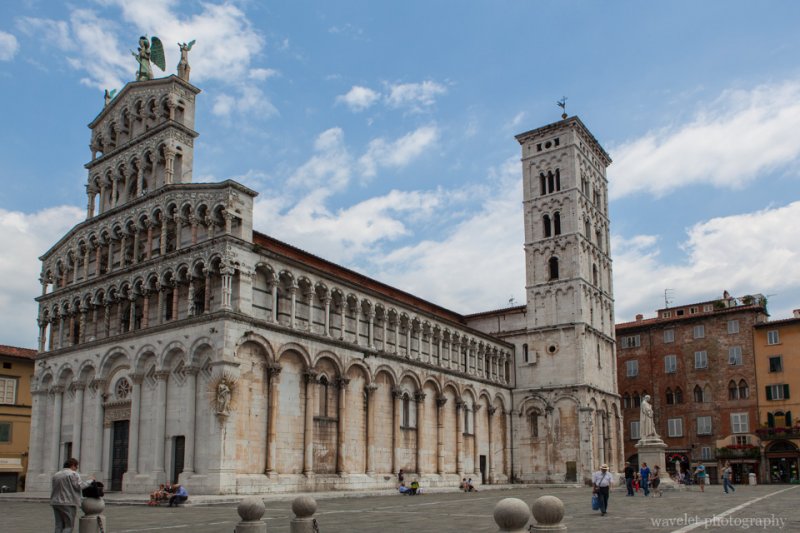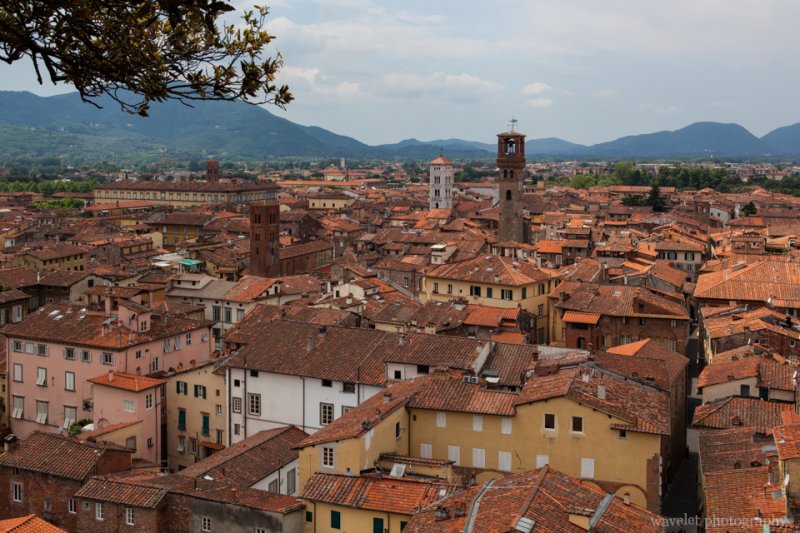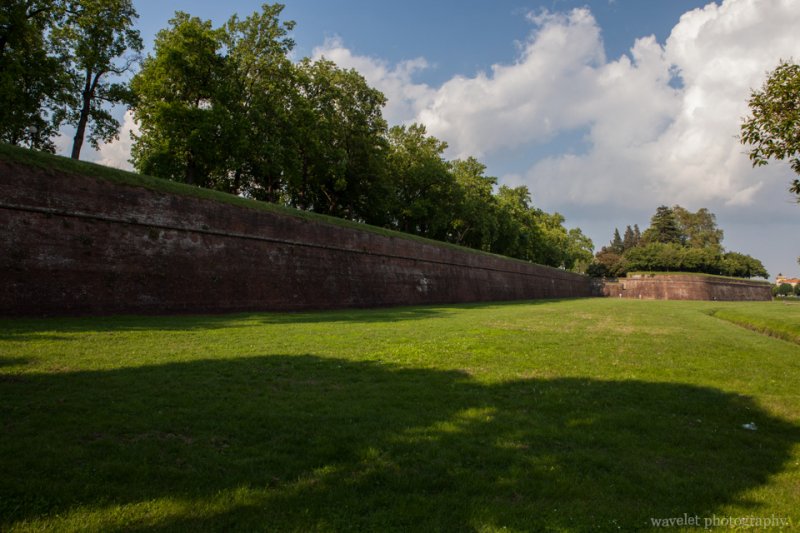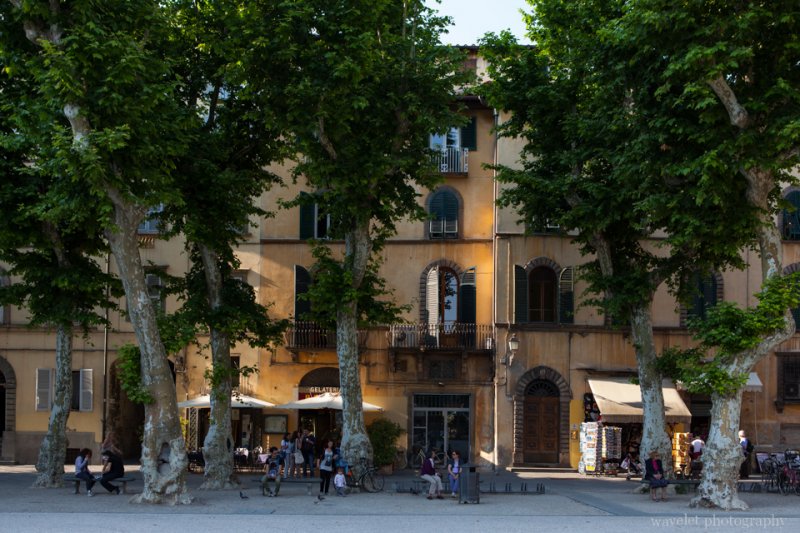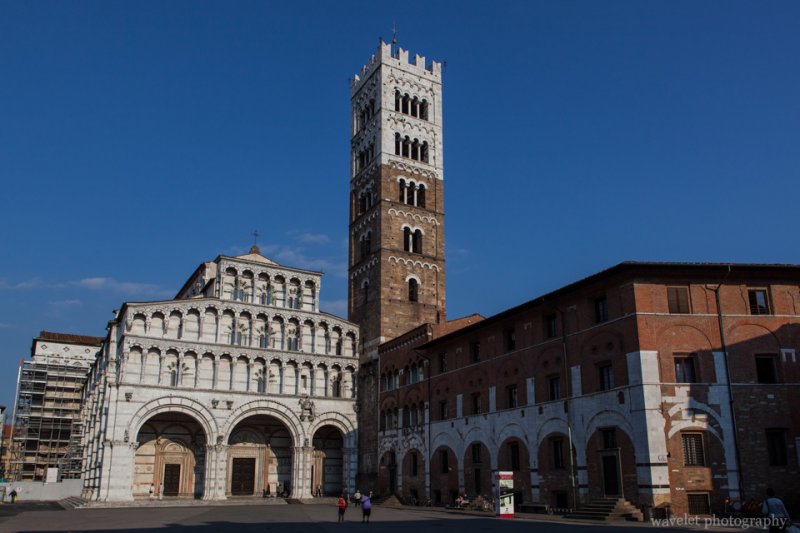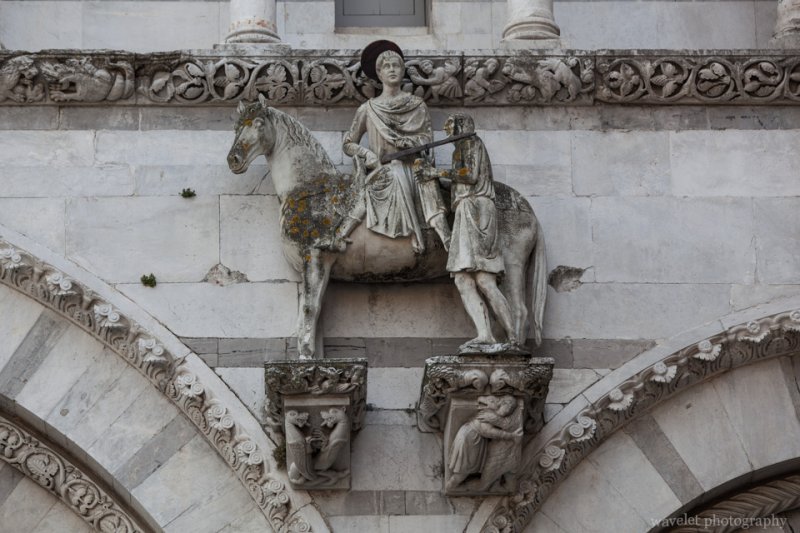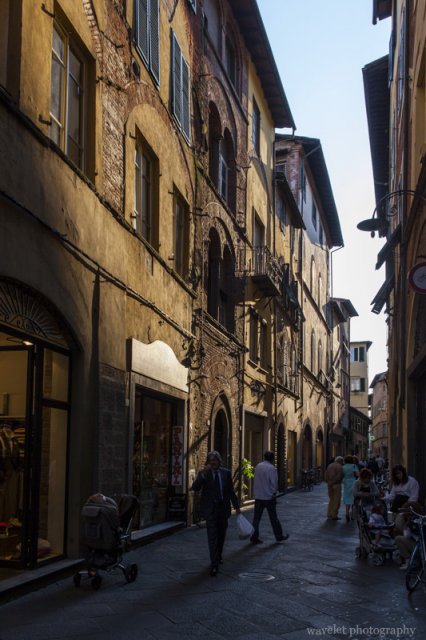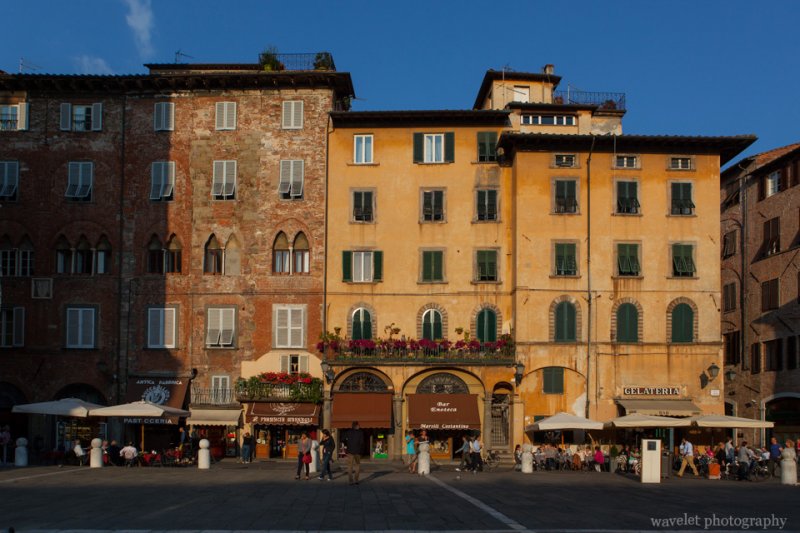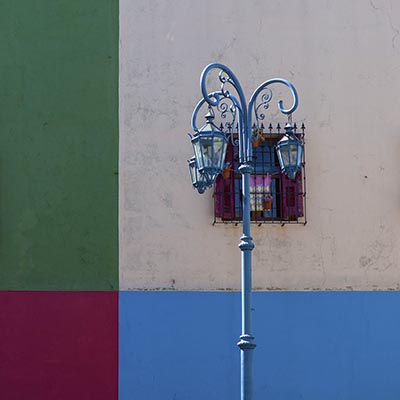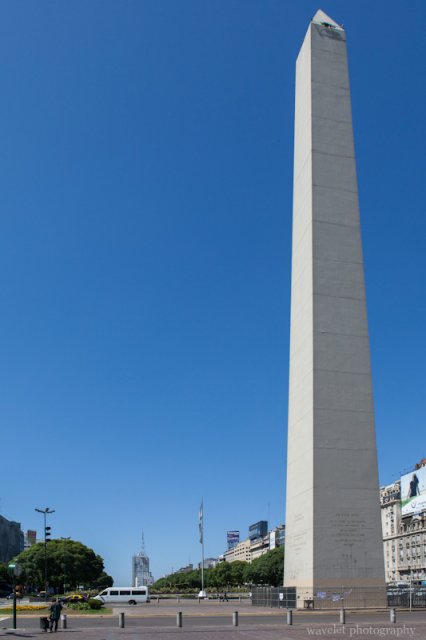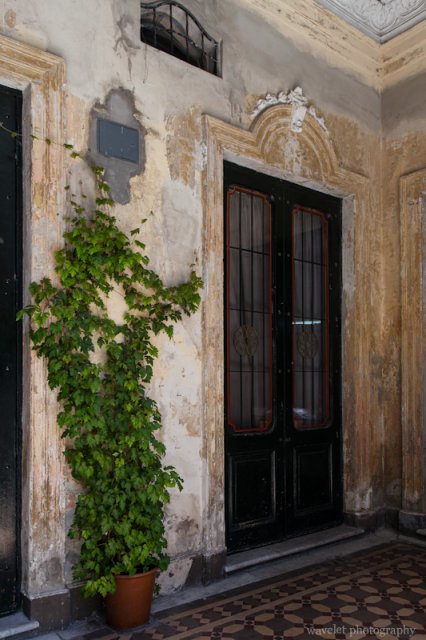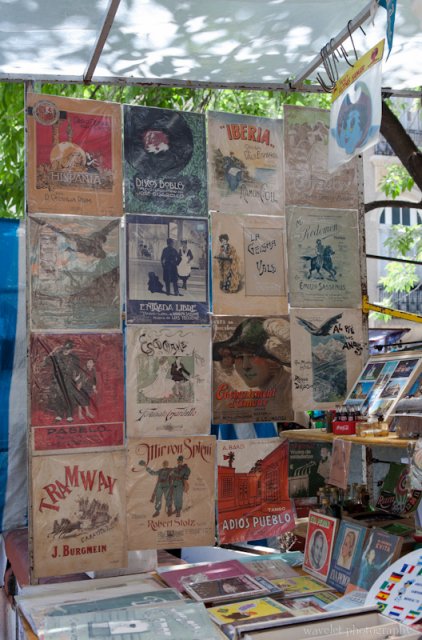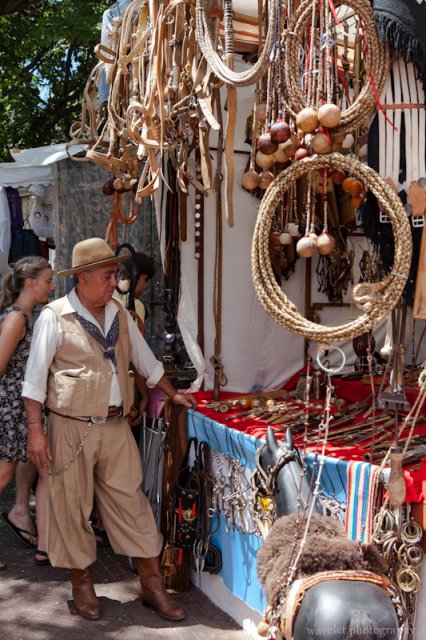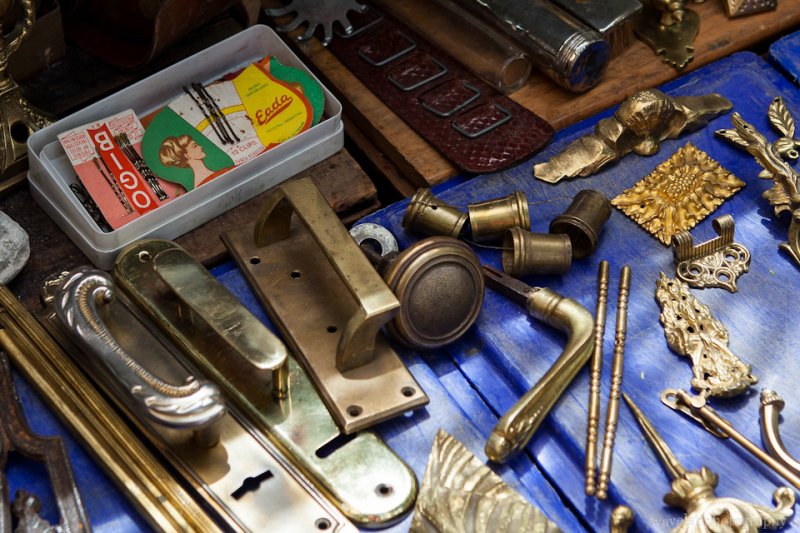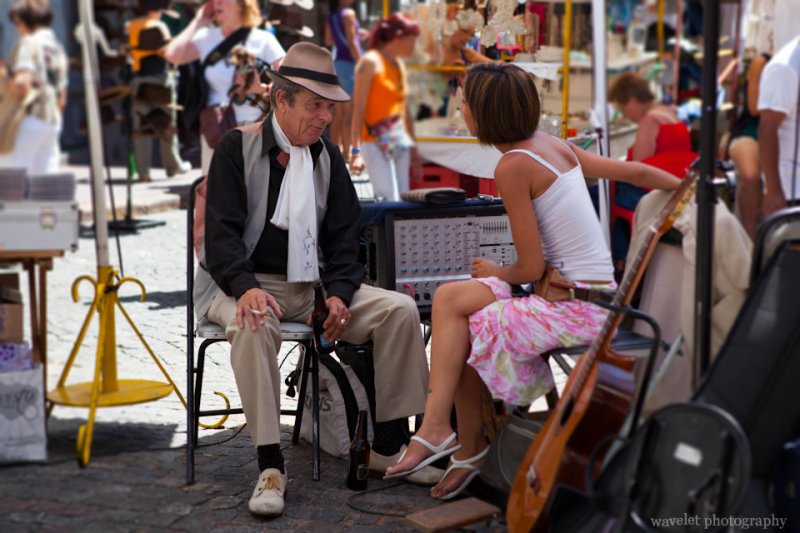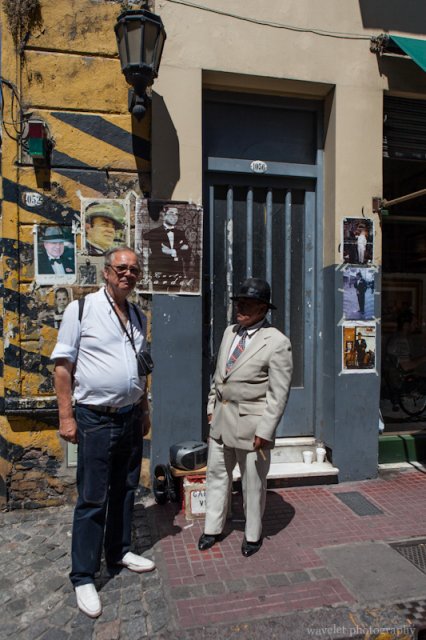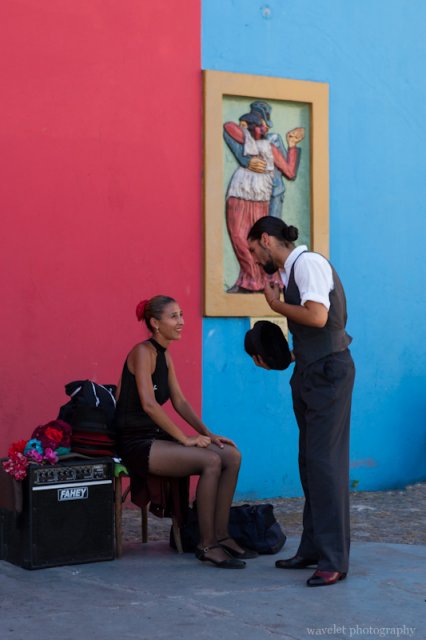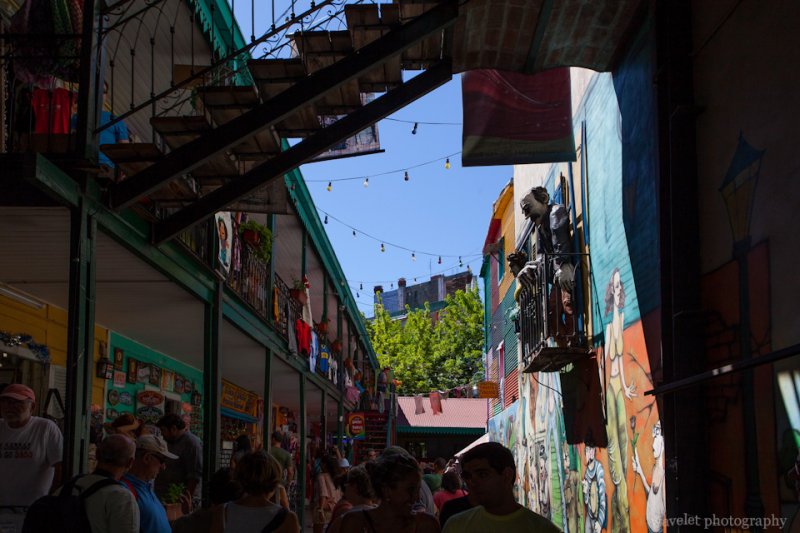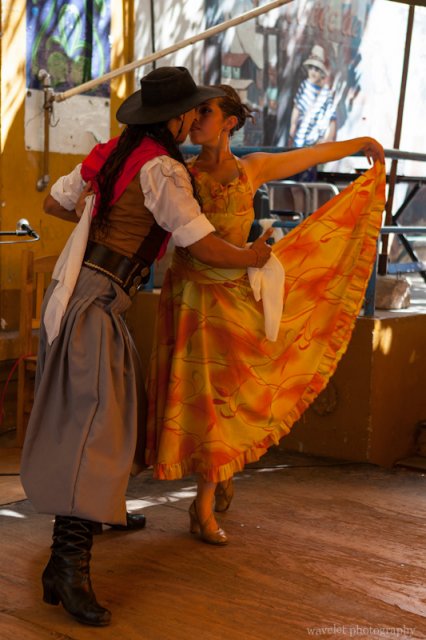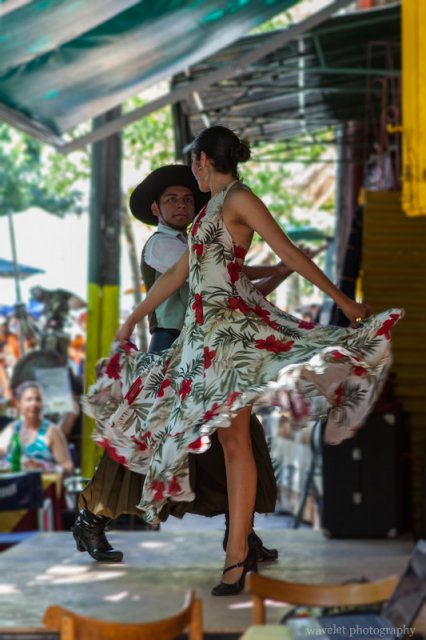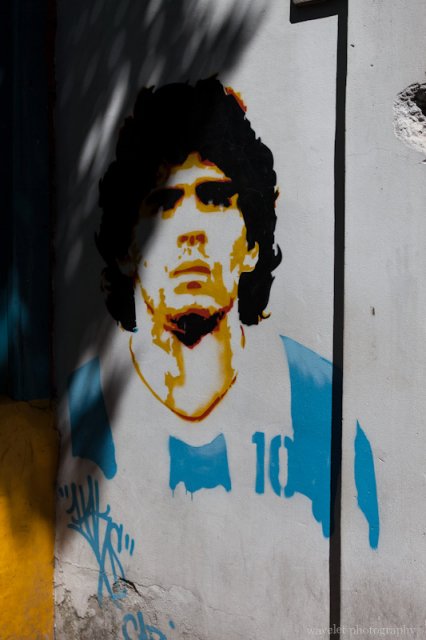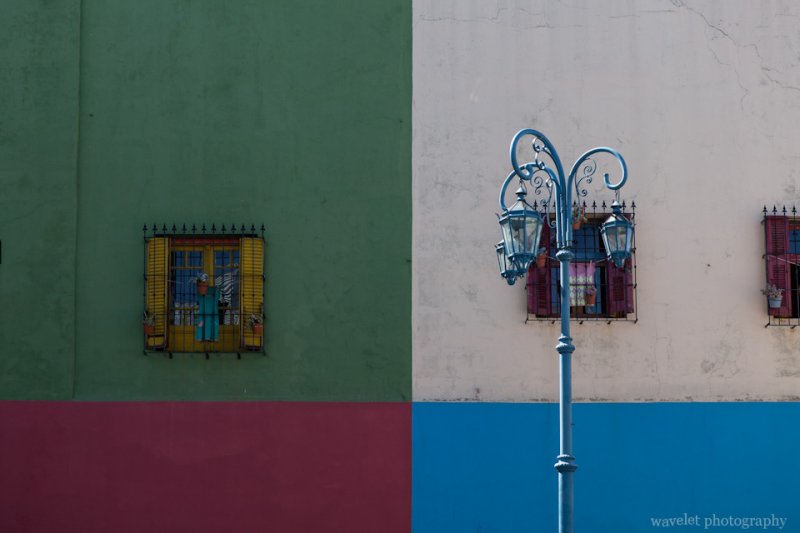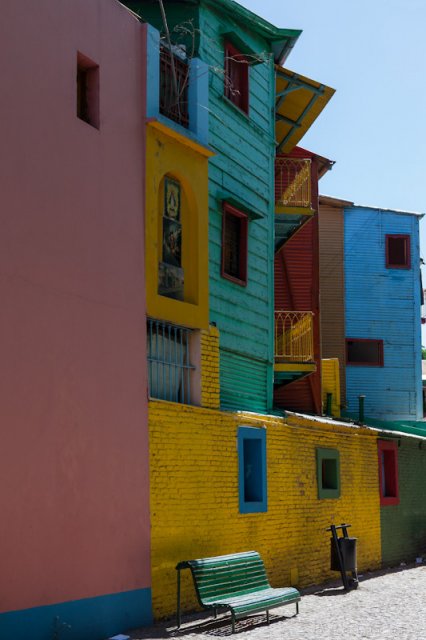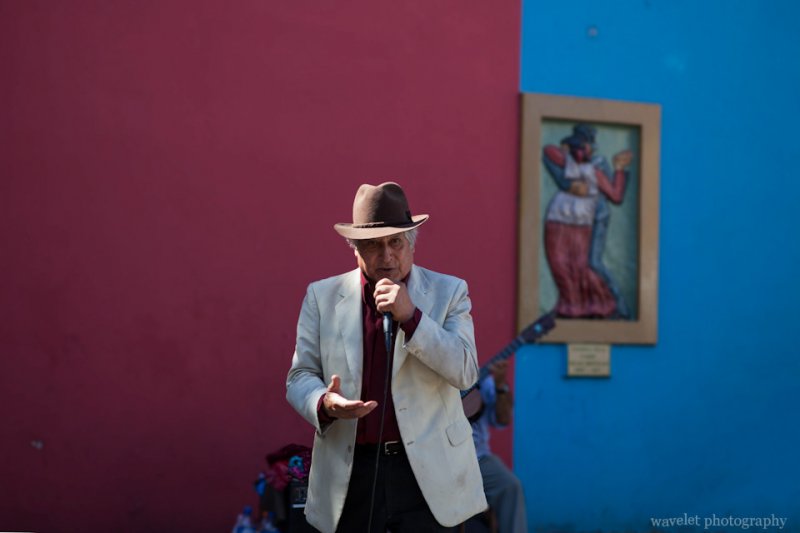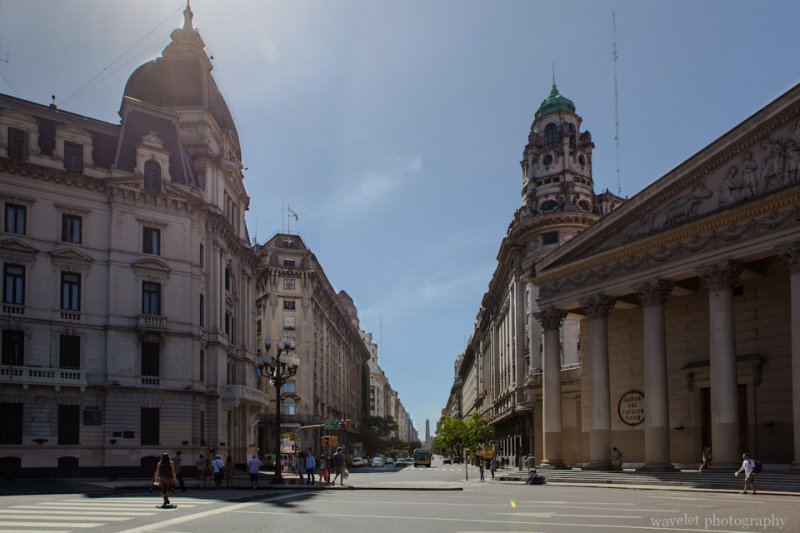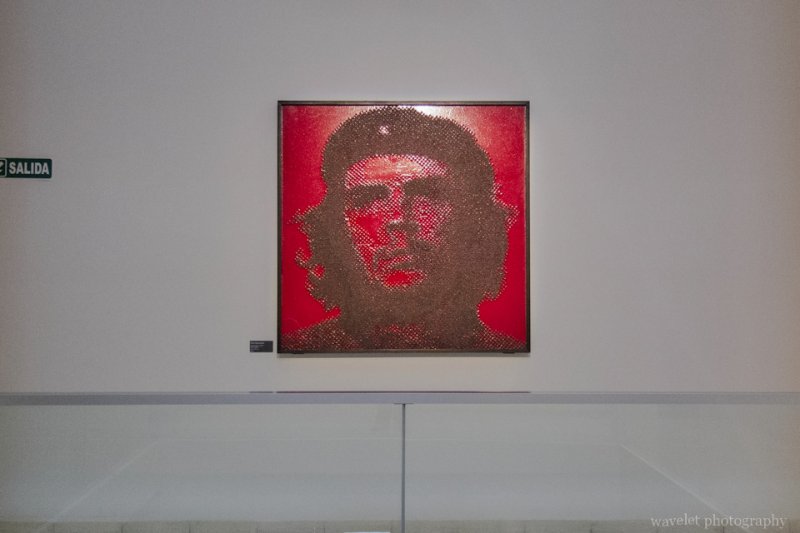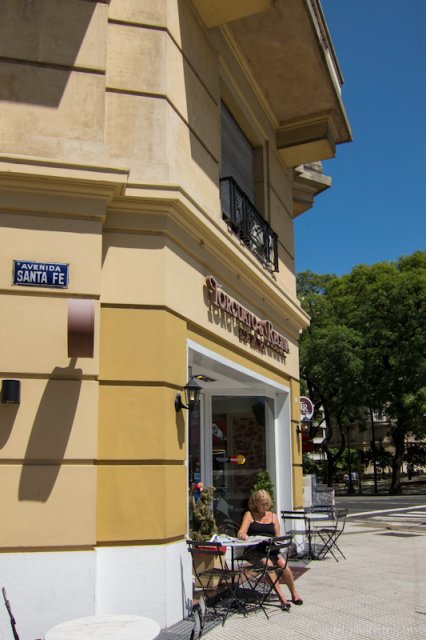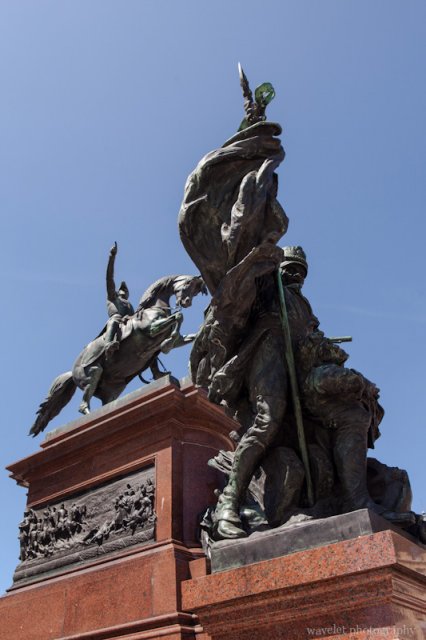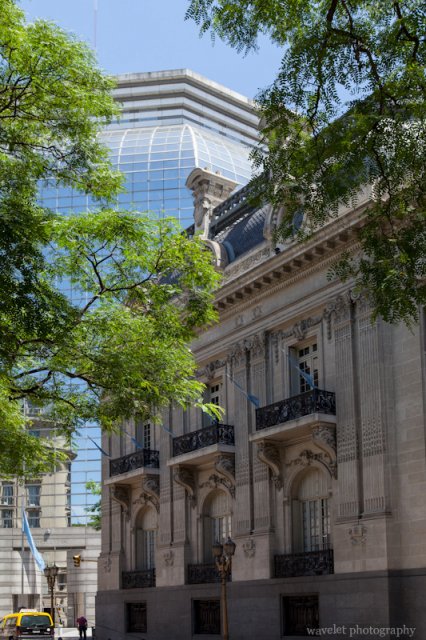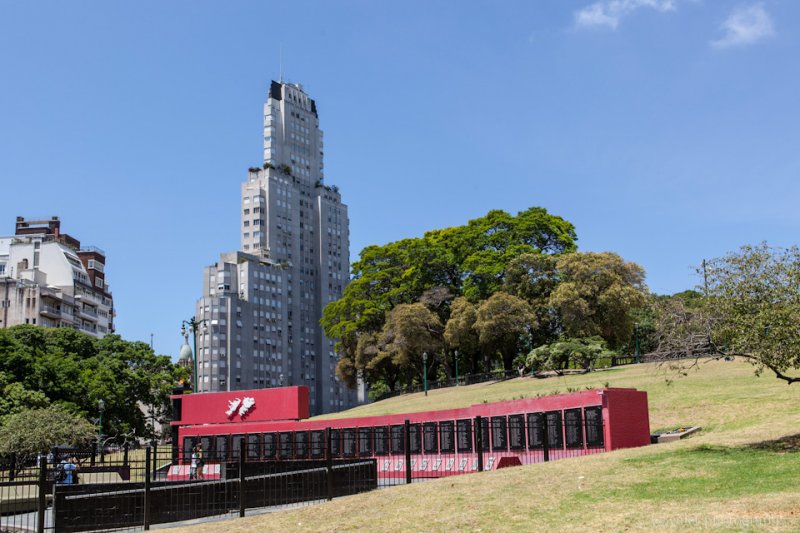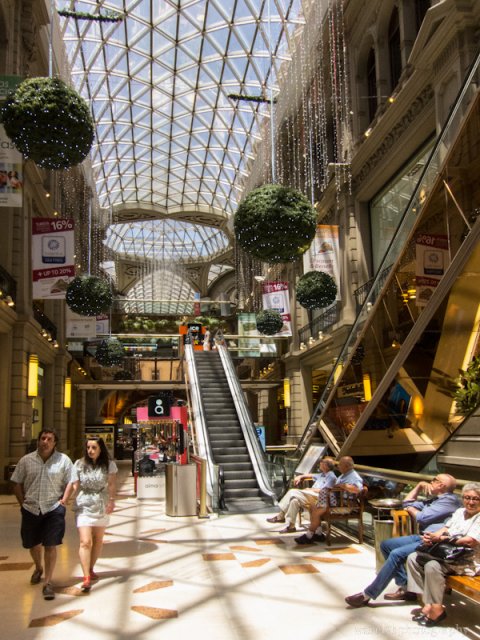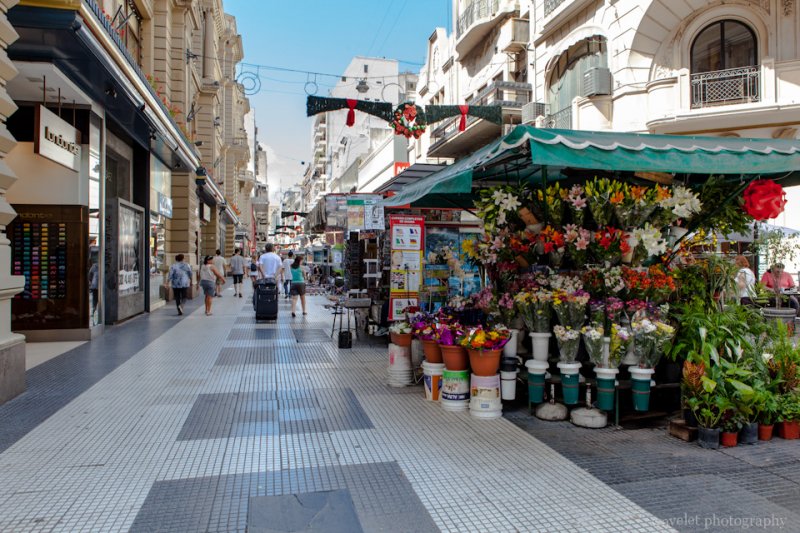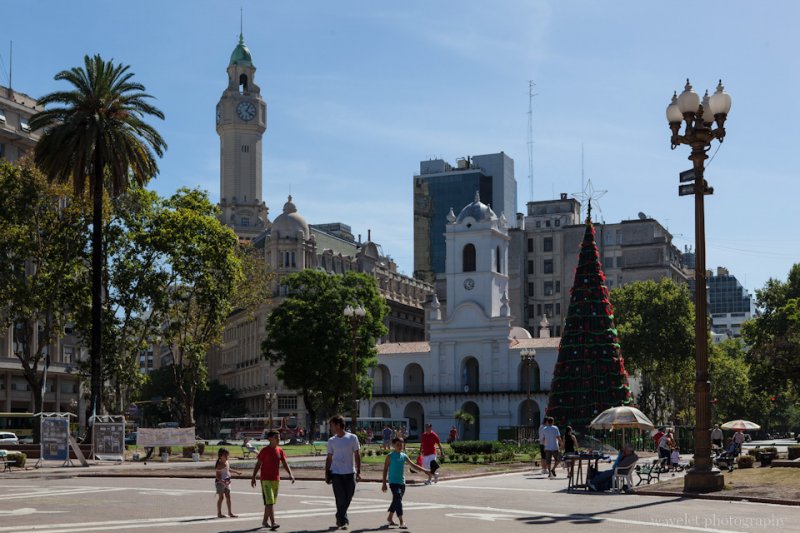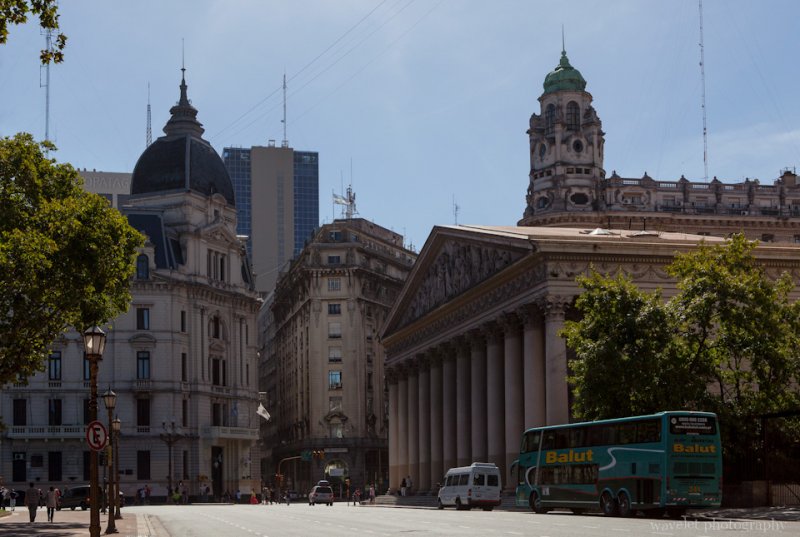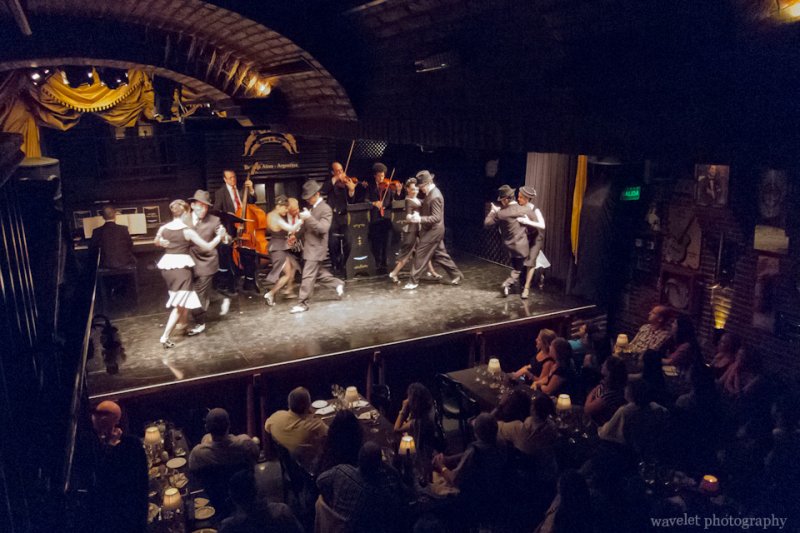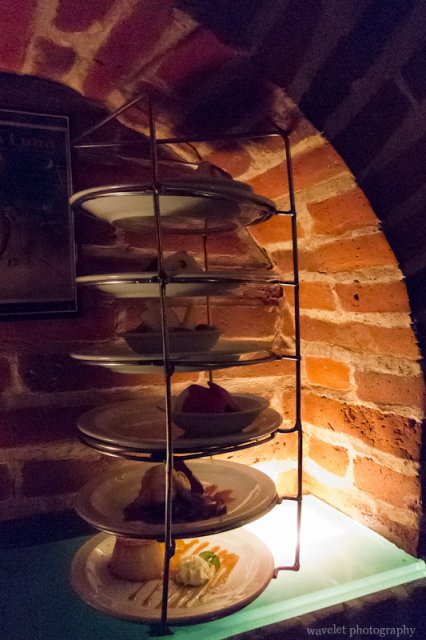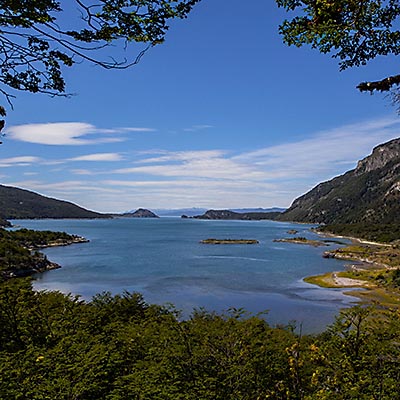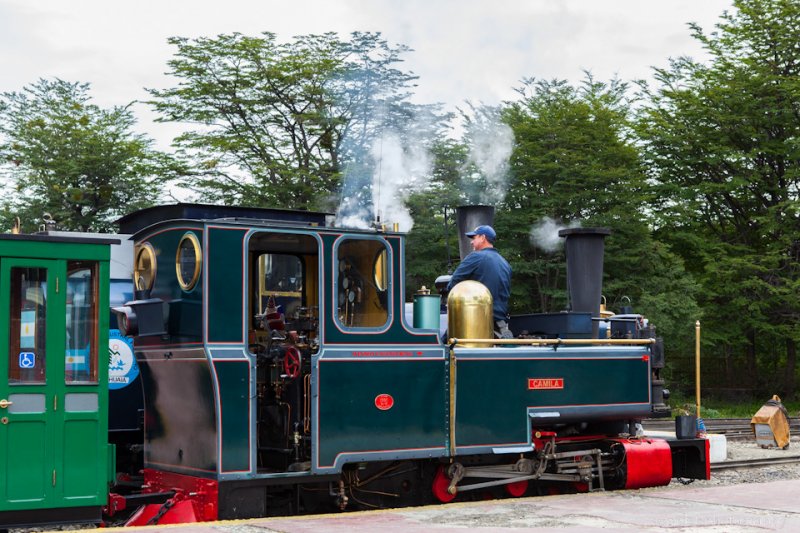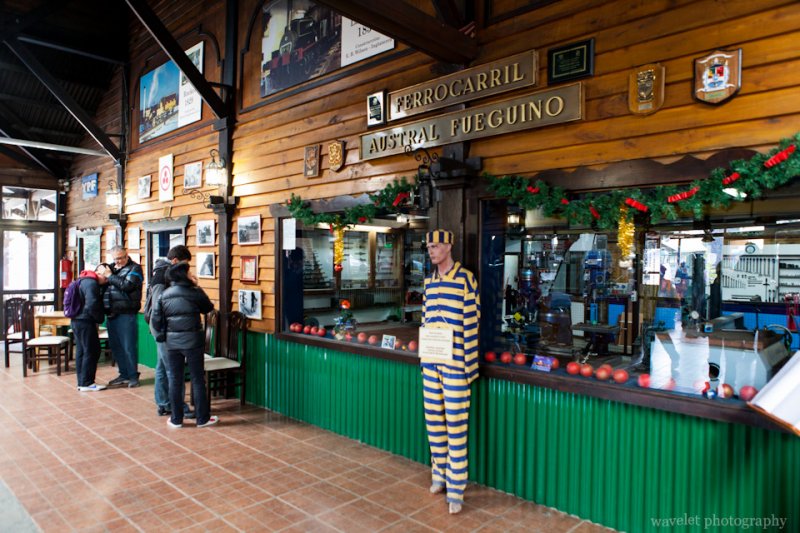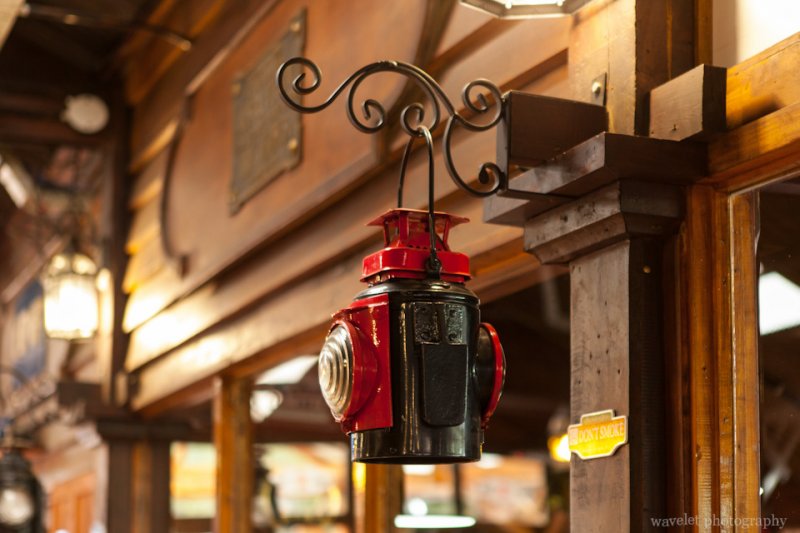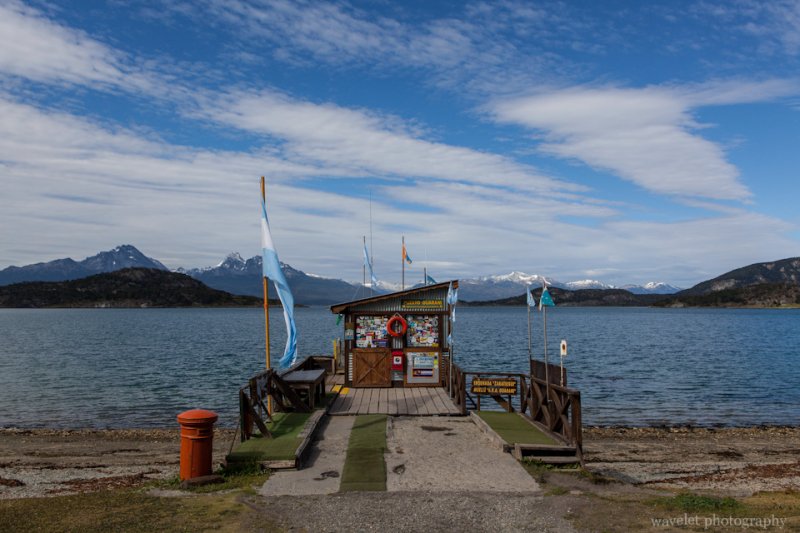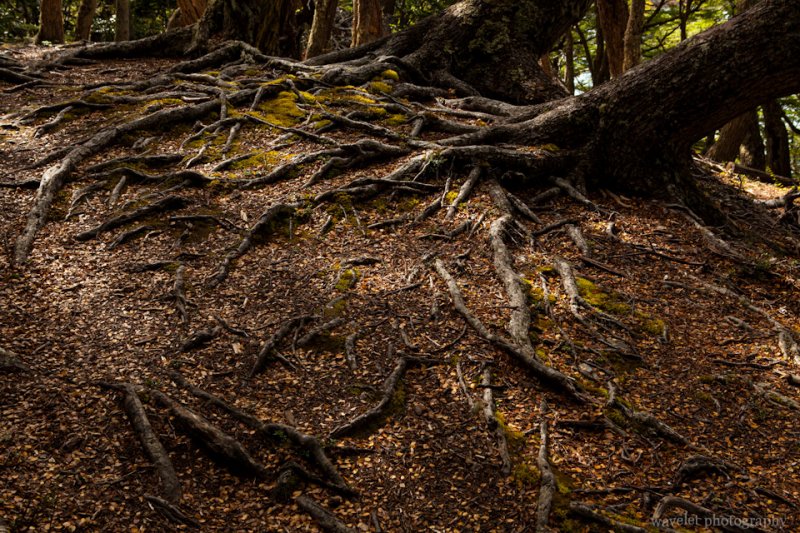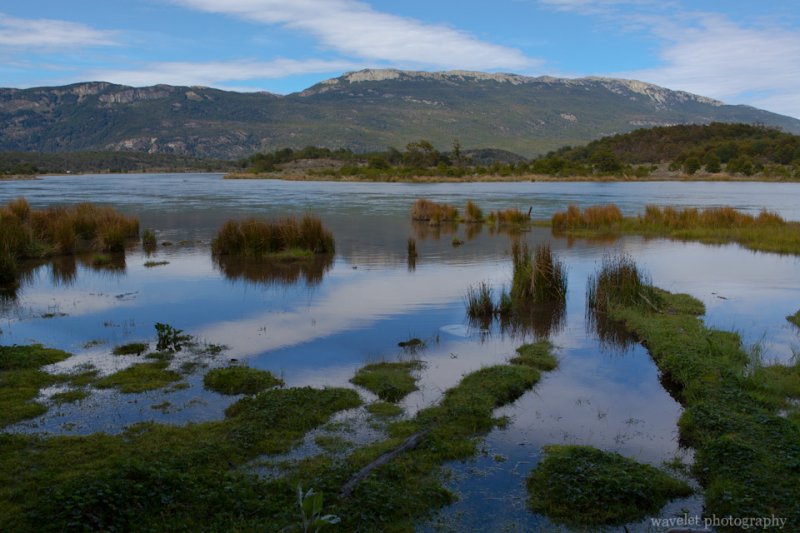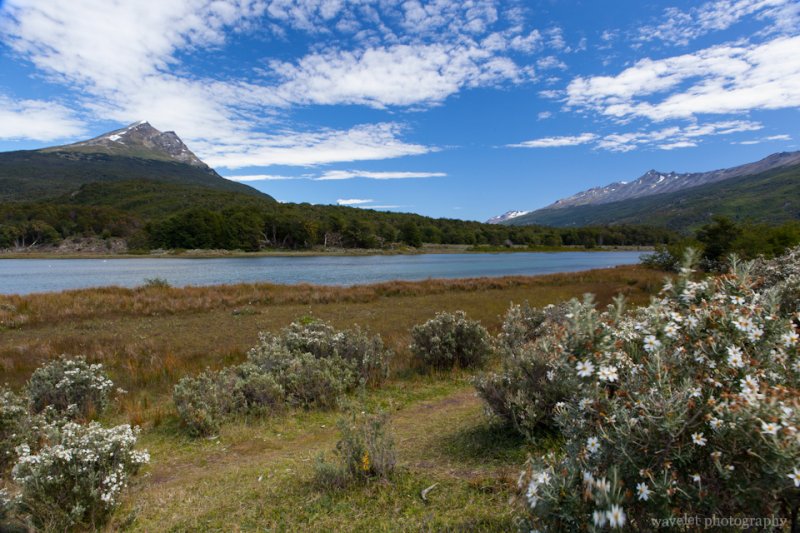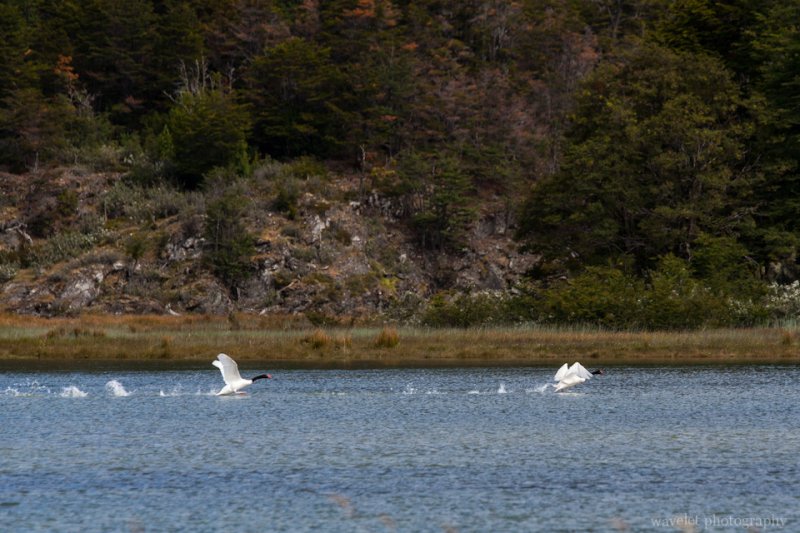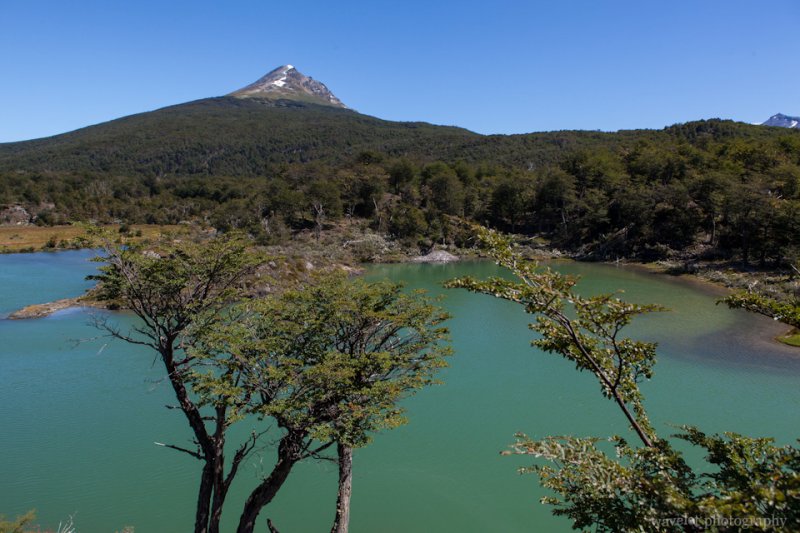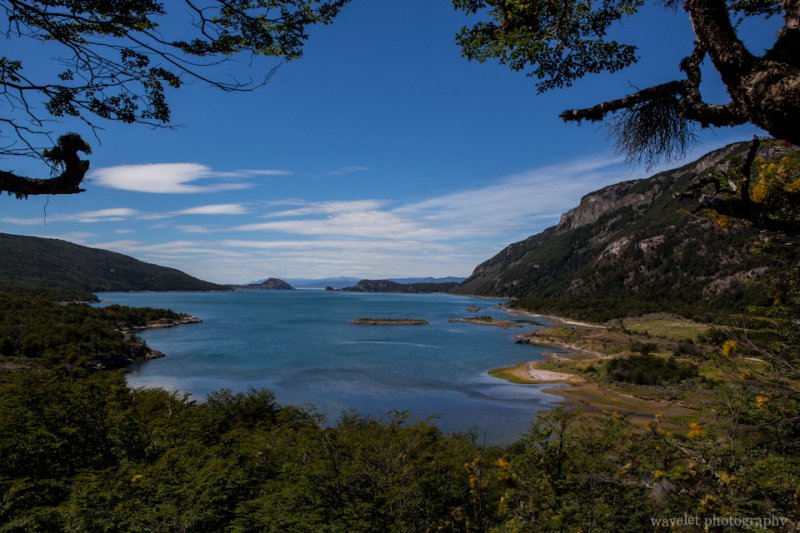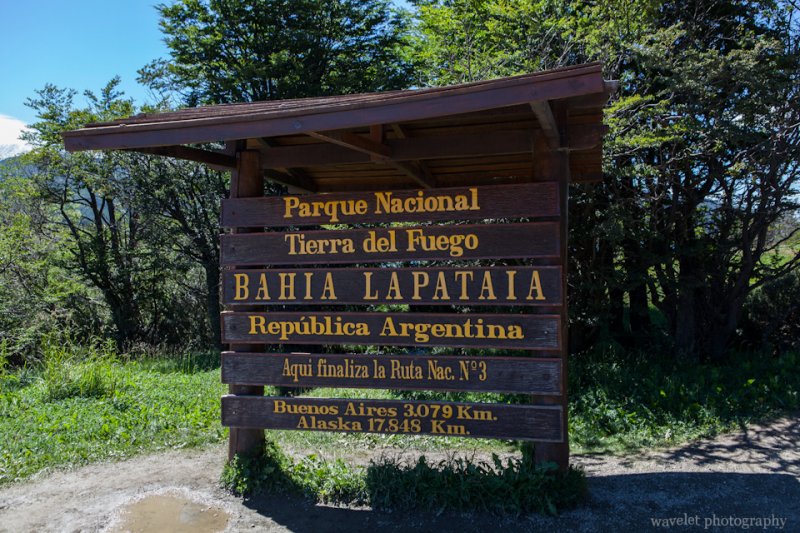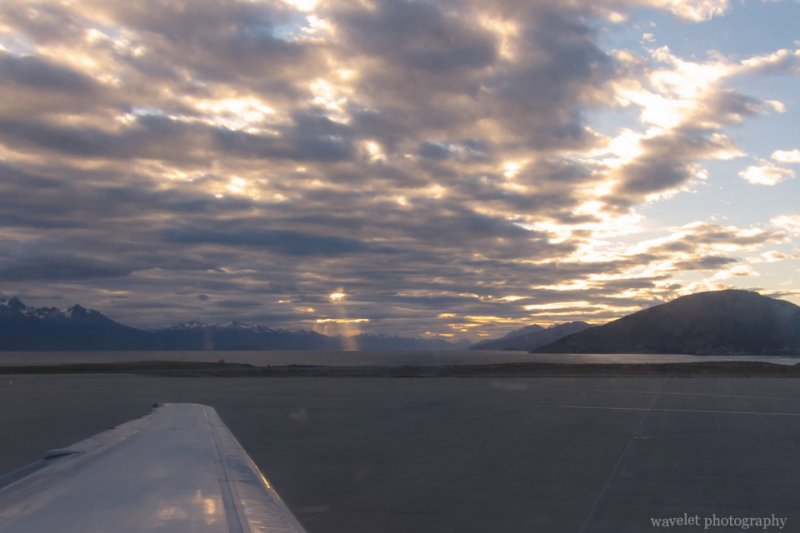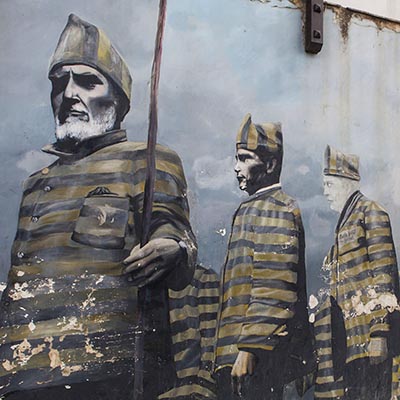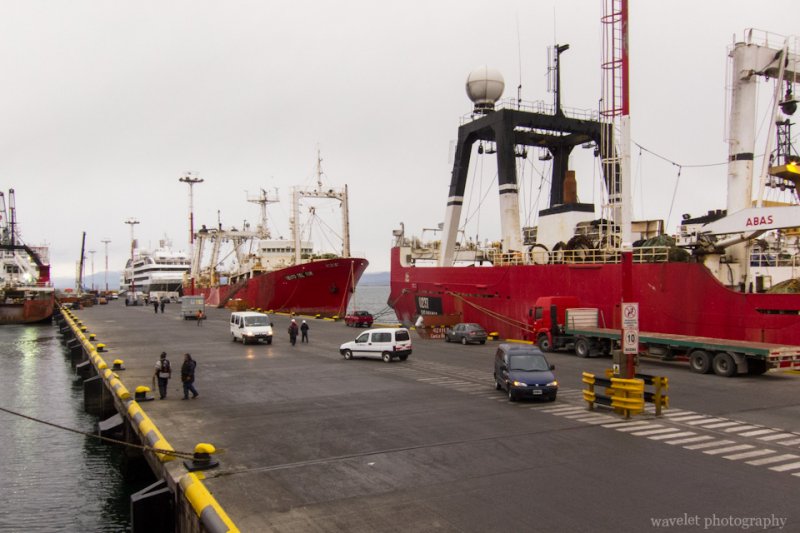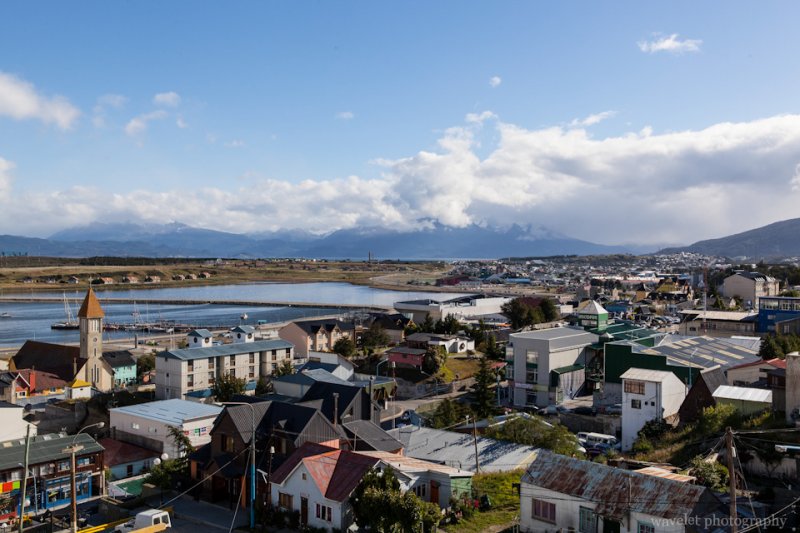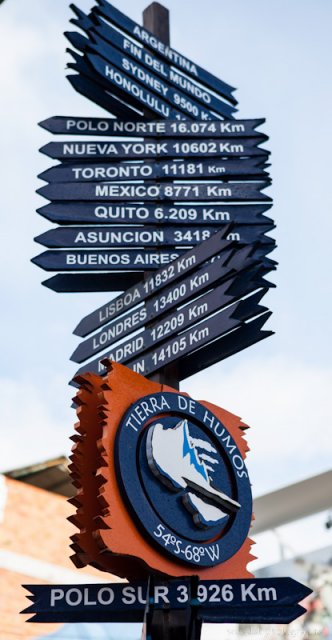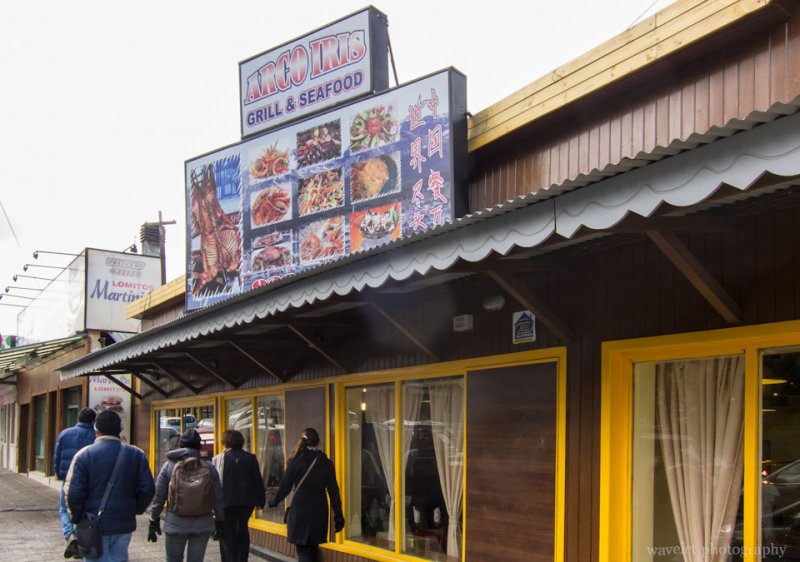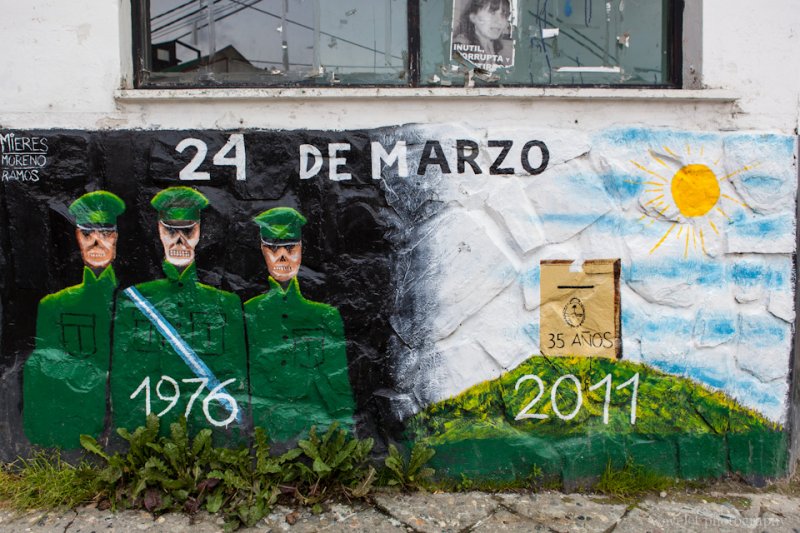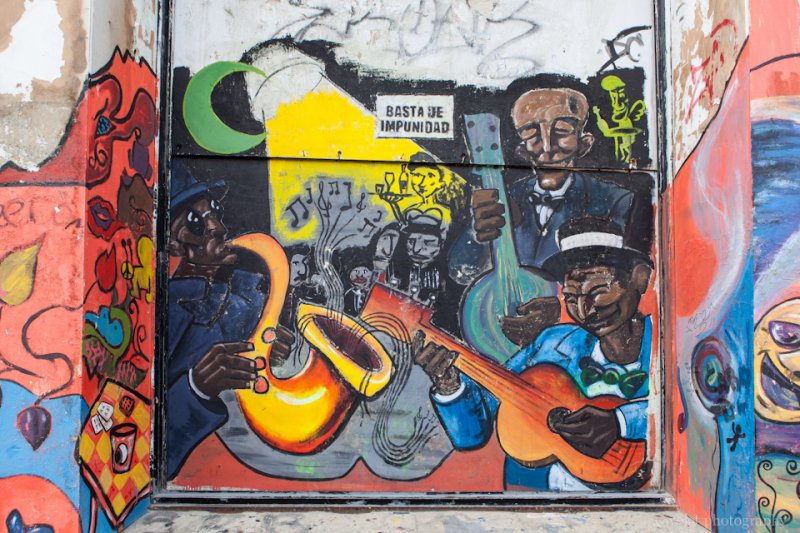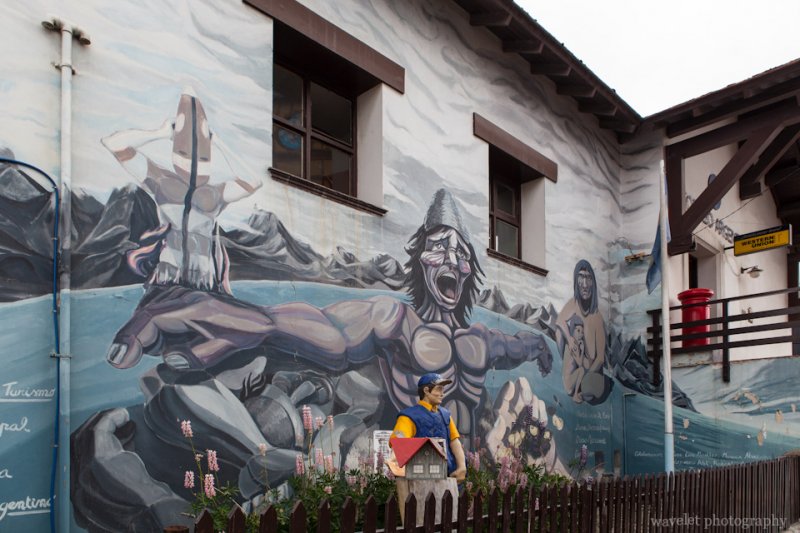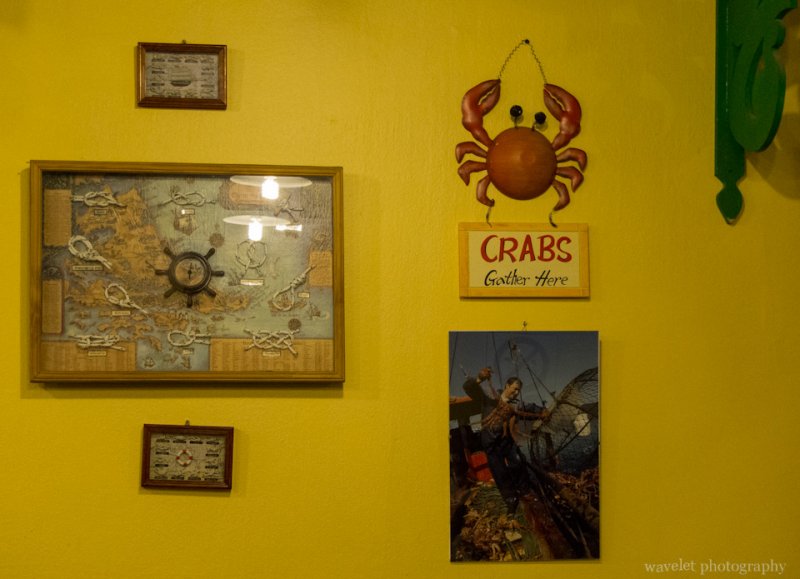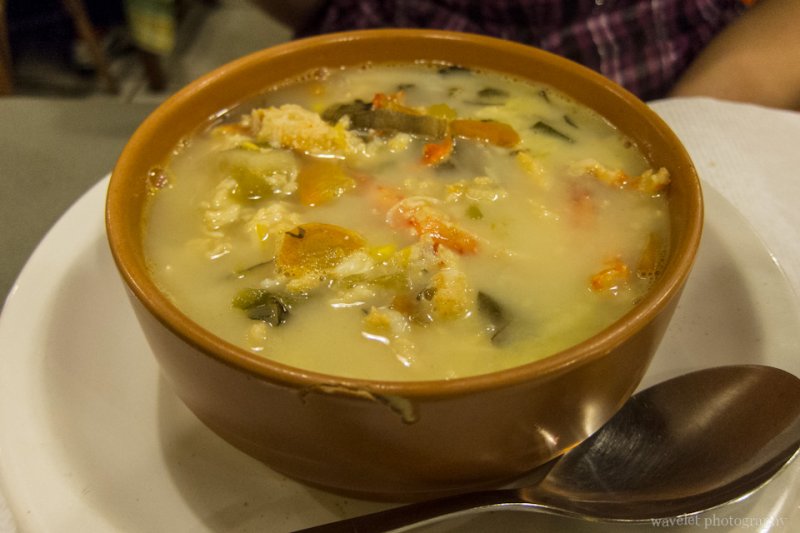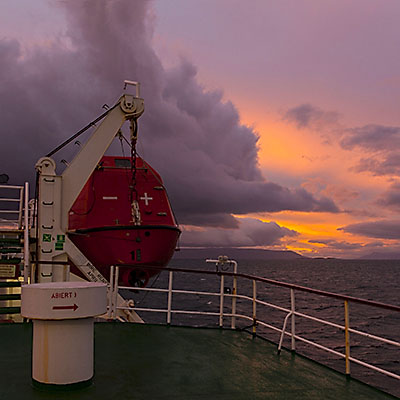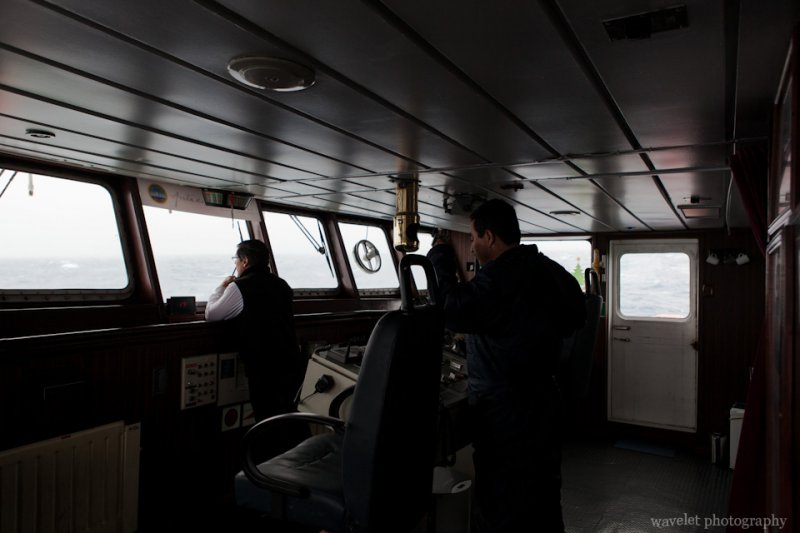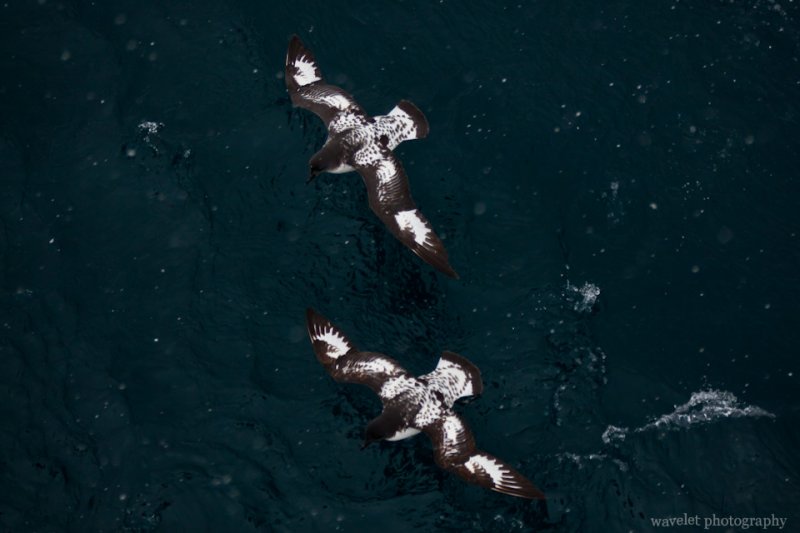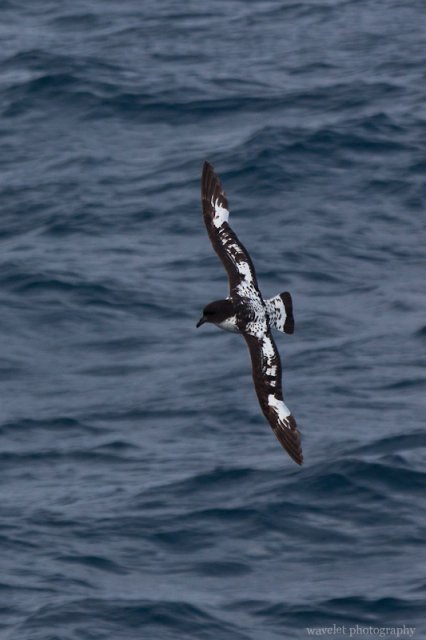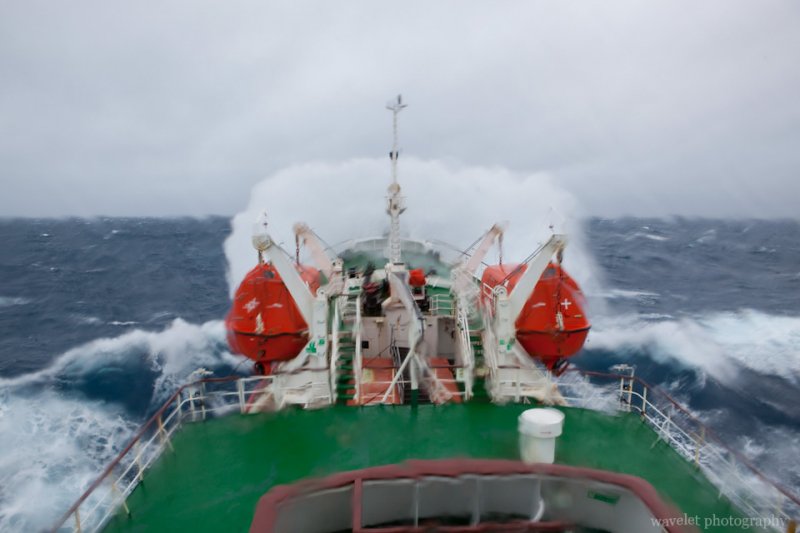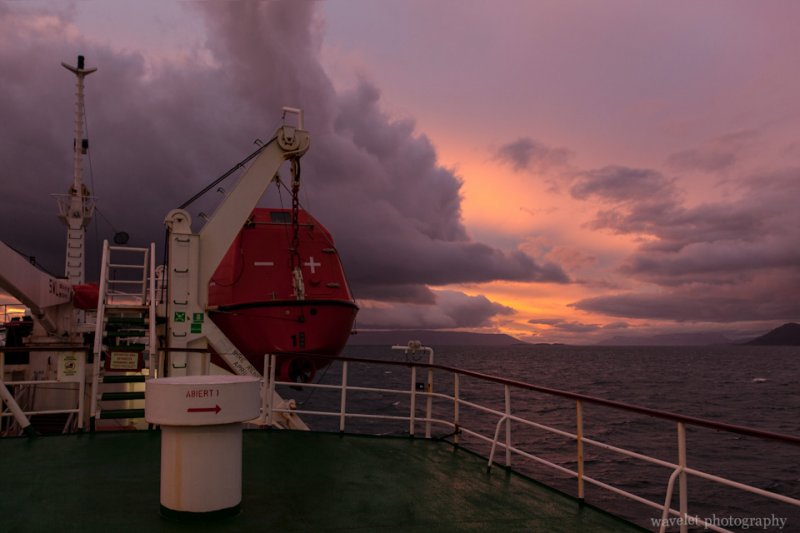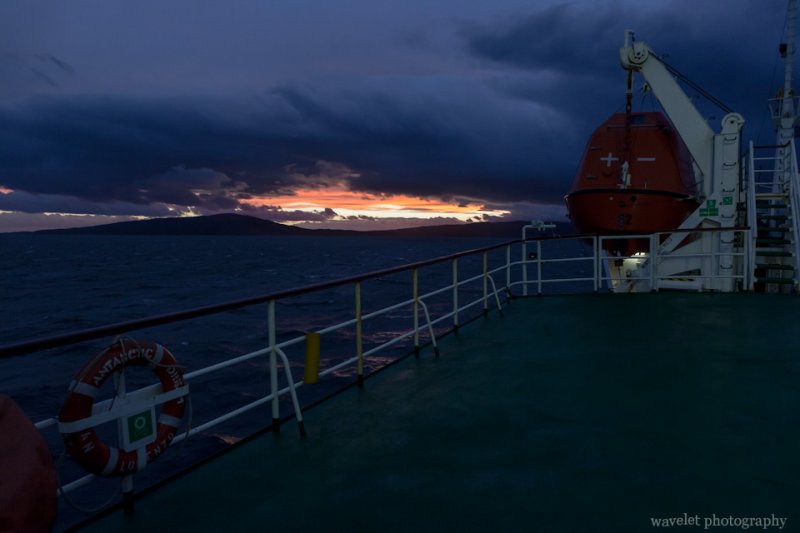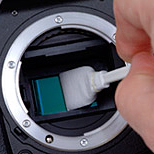Tuscany – Countryside
2012.5.30We only planned two days around Siena area, so we didn’t choose the countryside villa but booked our stay at Hotel Santa Caterina. The hotel was remodeled from a patrician house. It’s small and cozy. The dinner room opens to a lovely garden and countryside of southern Tuscany.
Southern Tuscany is famous for the hilltowns and villages of great art history. We spent our first day driving around countryside. Our route largely followed the suggestion from Slow Travel Italy website. We knew we would be at most a little more than an hour drive from Siena, so we started late in order to be at Pienze area around the sunset time.
1. Montalcino
Montalcino is the hilltown surrounded by vineyard, olive orchard and oak trees. We went to see the cathedral but soon got lost on our way out. We struggled hard to make a turn in a narrow dead-end on the slope.
2. Sant’Antimo Abbey
Sant’Antimo Abbey was built in 8th century. We got there in the noon. It was too sunny otherwise it would be a good place for a picnic.
3. Castiglione D’orcia
The winding road over Val d’Orcia took us to Castiglione D’orcia. A small church just off the road provided us some necessary shade to have a rest.
4. San Quirico d’Orcia
San Quirico d’Orcia is strategically located in the center of Southern Tuscany. We drove around the town and enjoyed beautiful music and tasty pasta at restaurant La Locanda di Fonte Alla Vena.
5. Torrenieri
When we stepped out of the restaurant, a dry and hot day has become cloudy and it started drizzling. We drove north on SR2 and got off the road at Torrenieri. From there, we would go east on the country road SP137. As we climbed up to a small hill, the drizzling rain had developed into a thunderstorm. We had to stop on top of the hill. For a while, we were worried about being struck by lightning.
5. Country road SP137 and SP71
The rain stopped after half an hour, we continued driving east on the dirt road SP137. This area features beautiful rolling hills, a signature landscape of southern Tuscany.
6. Monticchiello
It’s 6pm already. We passed Pienza, drove south on SP del Monte Amiata and east on SP88 to reach Monticchiello. Again, we had some difficult time to park and turn in this hilltown.
7. Pienza and SS146
We came back to Pienza at 7pm. Tuscany was immersed in twilight. If you have an extra day, stay in Pienza for one night is a good option.
Unfortunately, we saw a lot of poppies and several other types of flowers, but we didn’t see any sunflower, although some reported that they saw “fields of fields” sunflowers in various months from May to September. Before we left for the trip, we asked the hotel clerk about where we could see them. He said that it really depended on the farmers, if they grew them and when/where they grew them. He certainly didn’t forget to leave a hint that we could see sunflowers in the region at the time. 🙂
